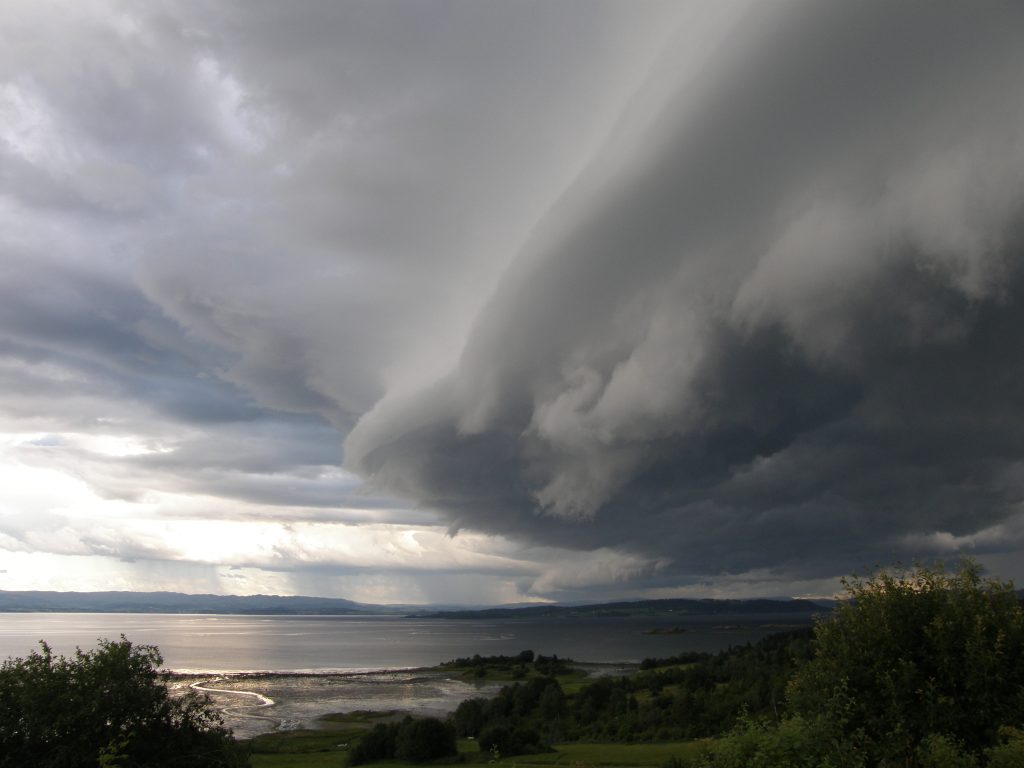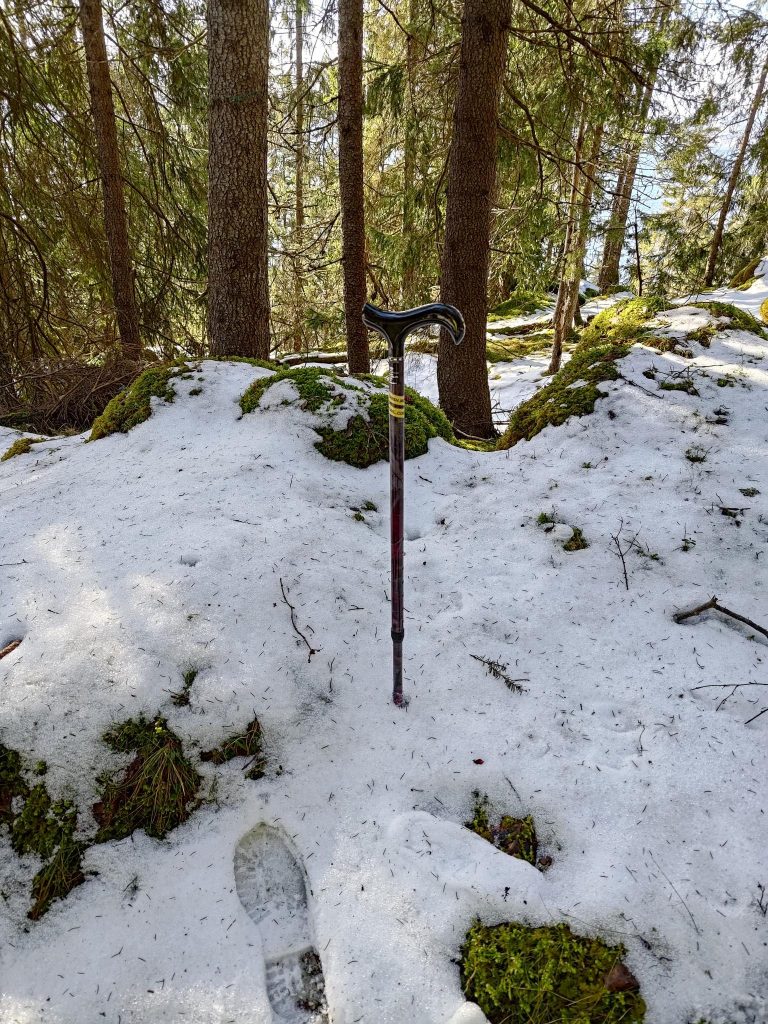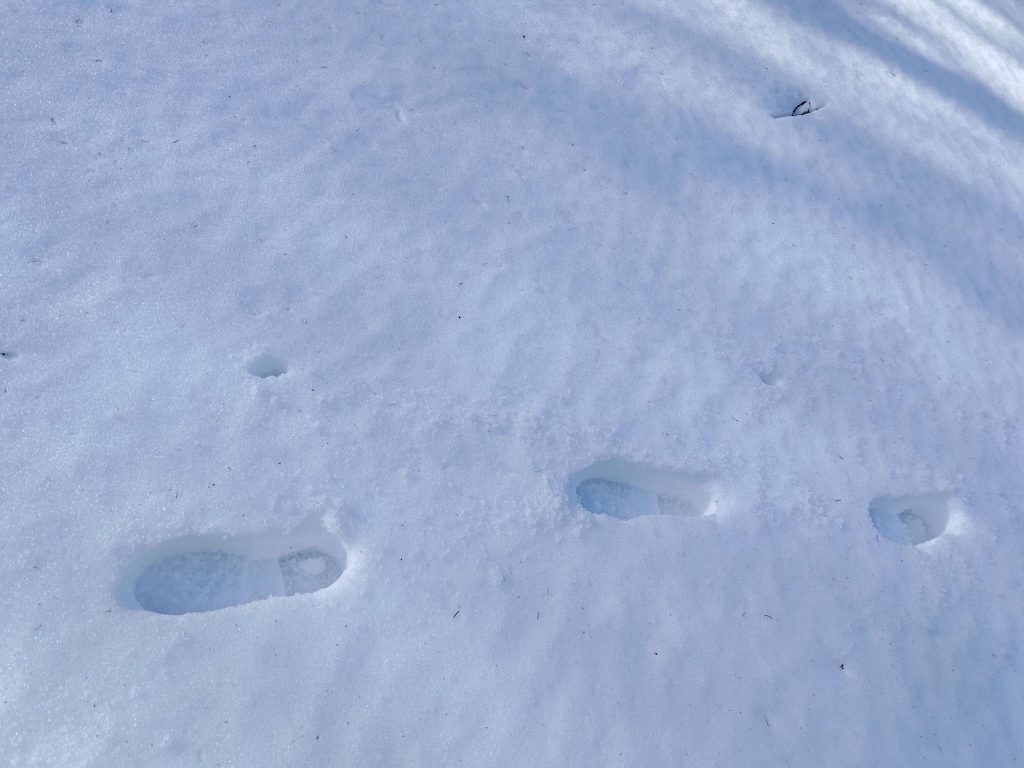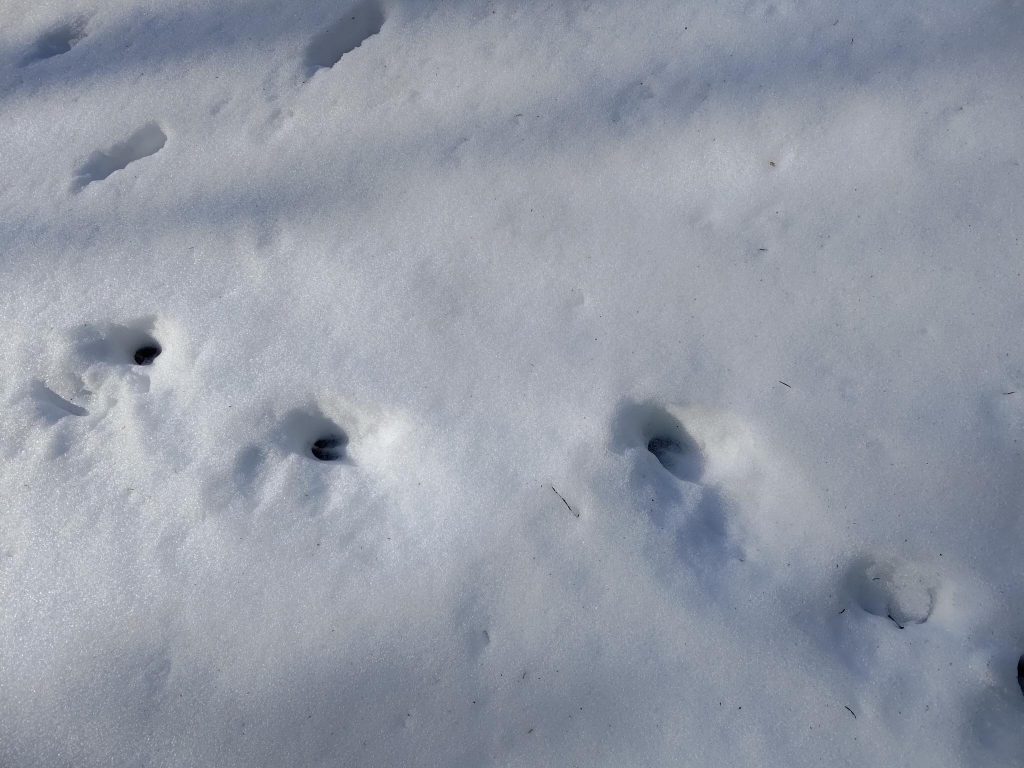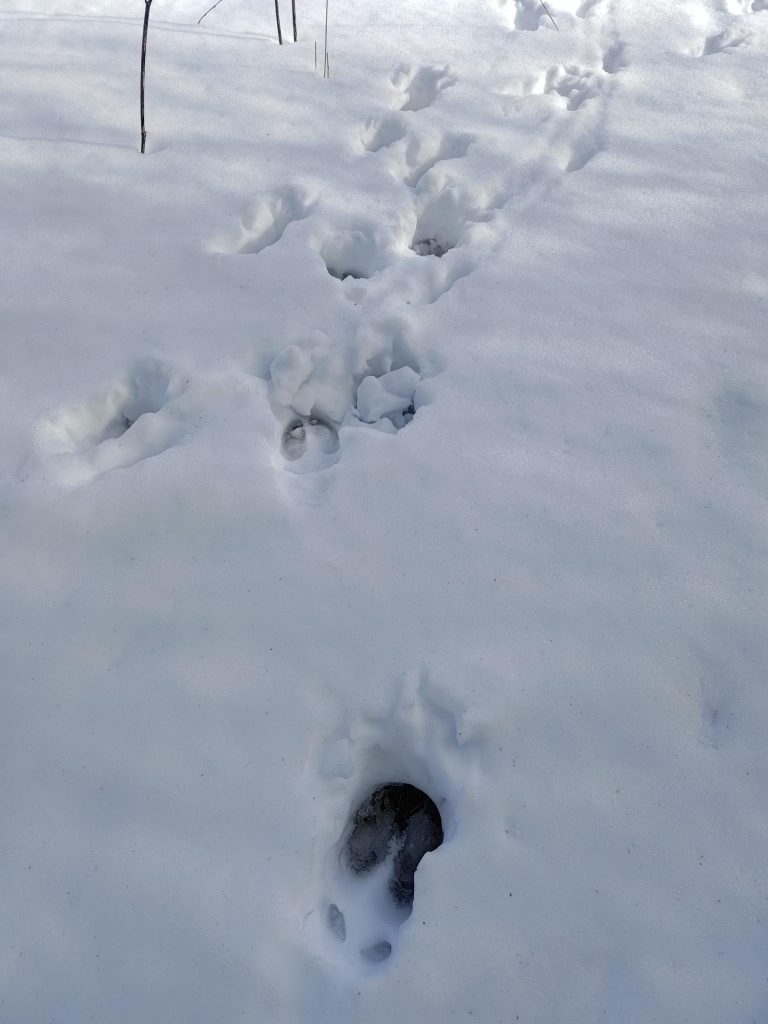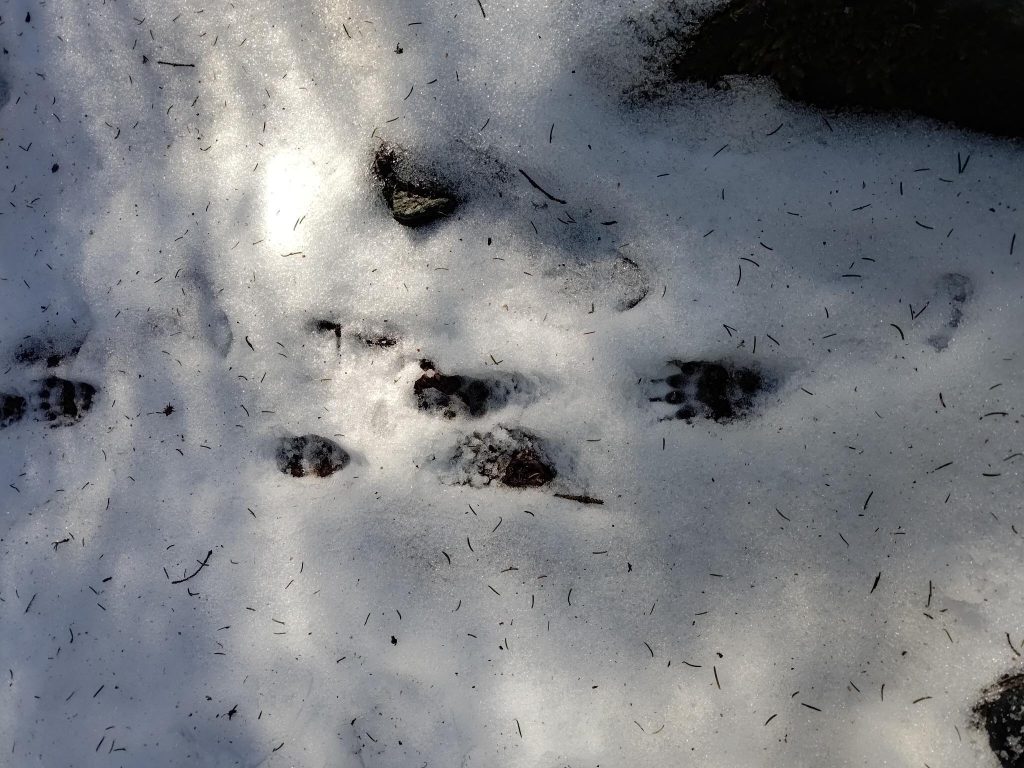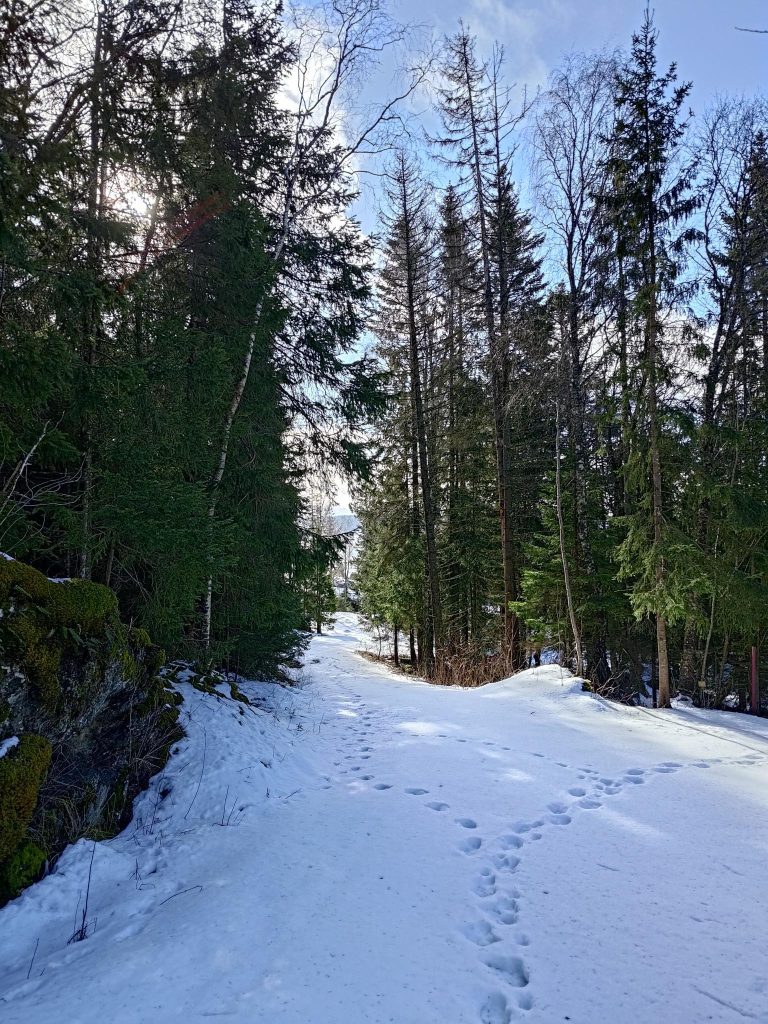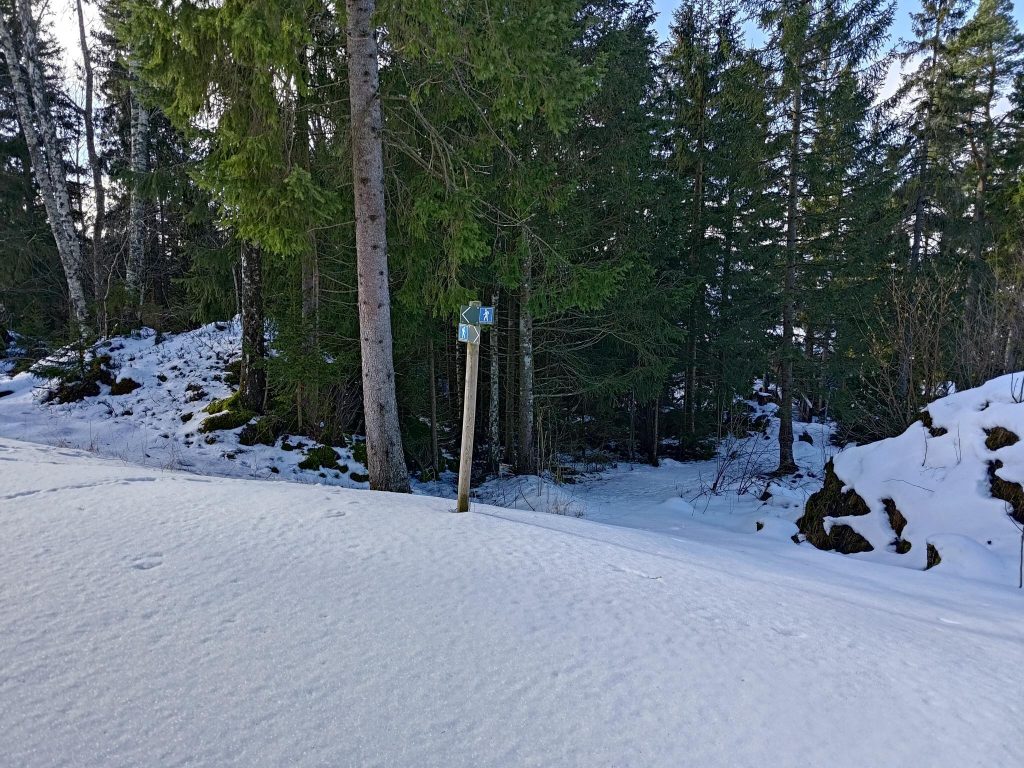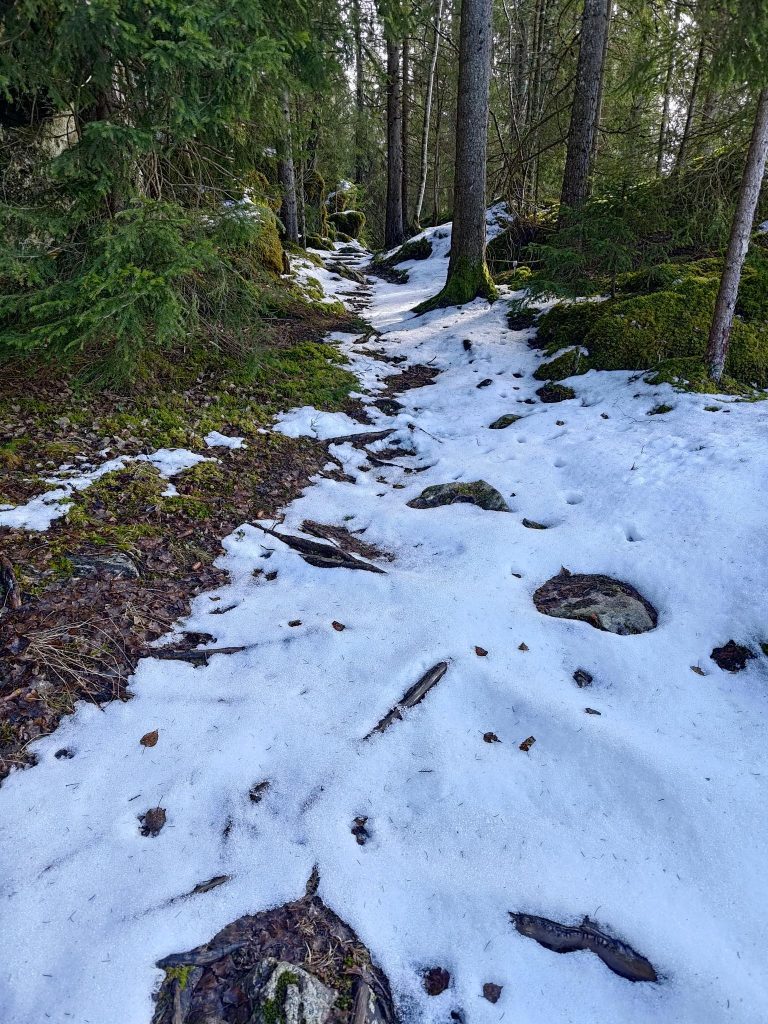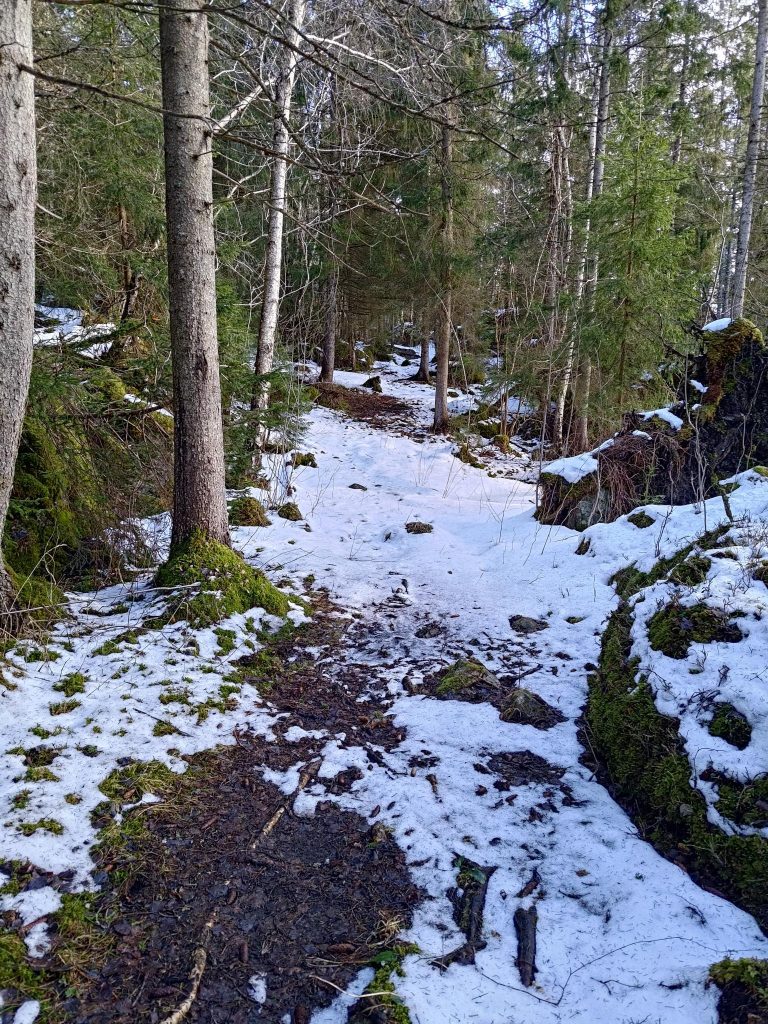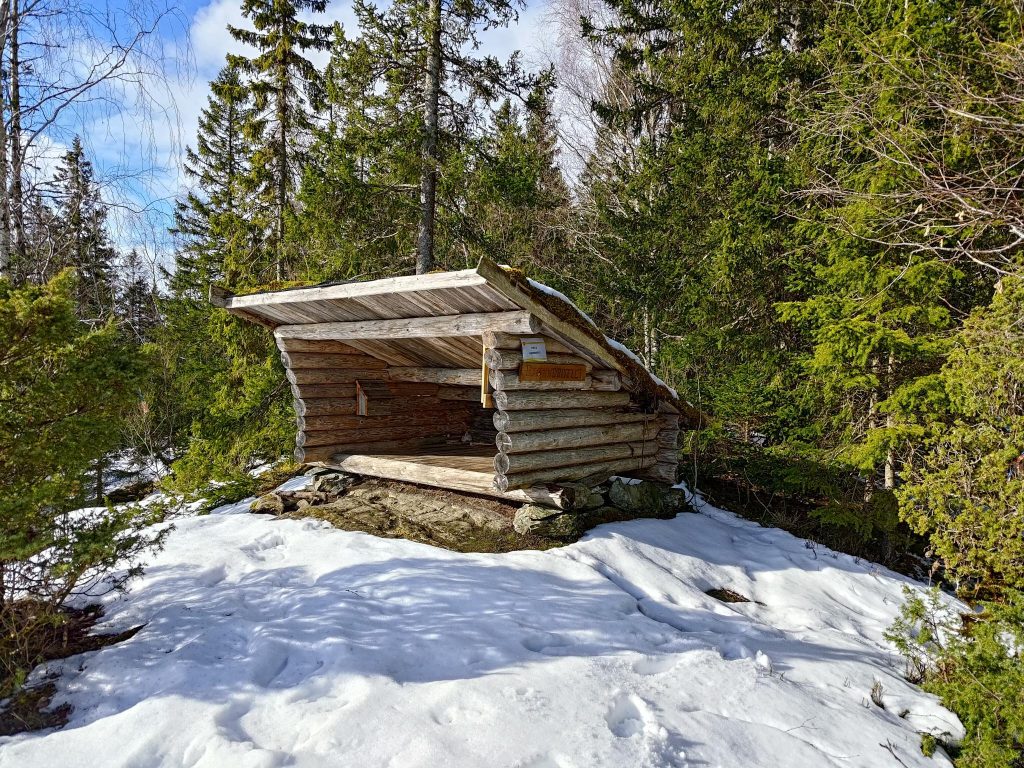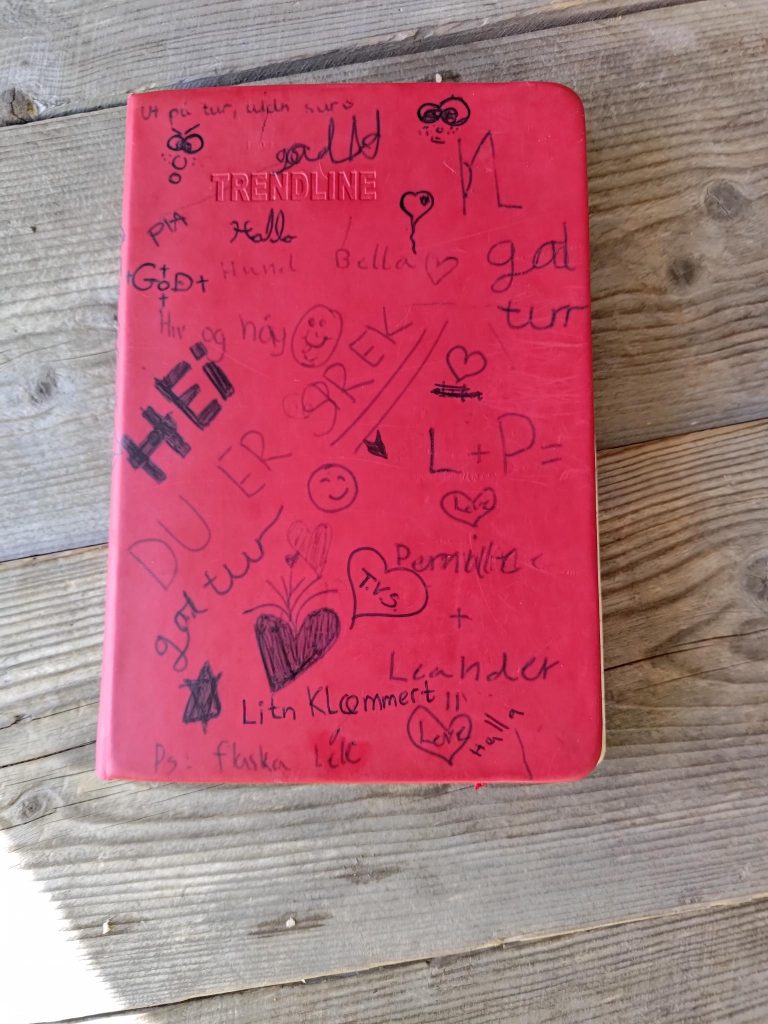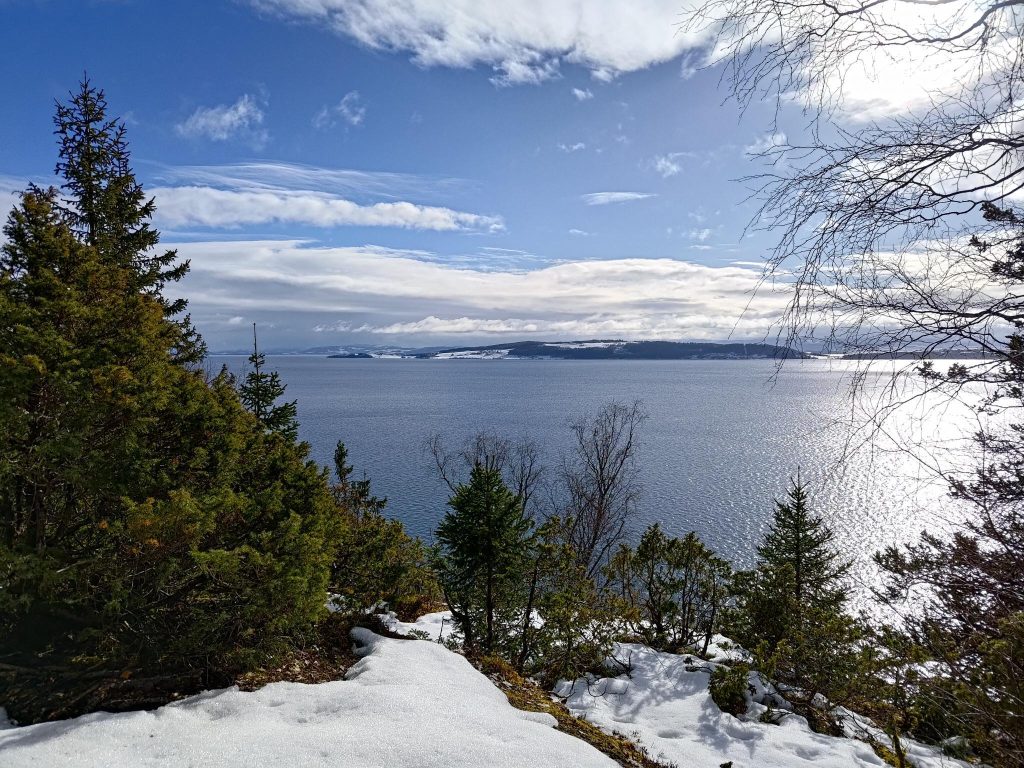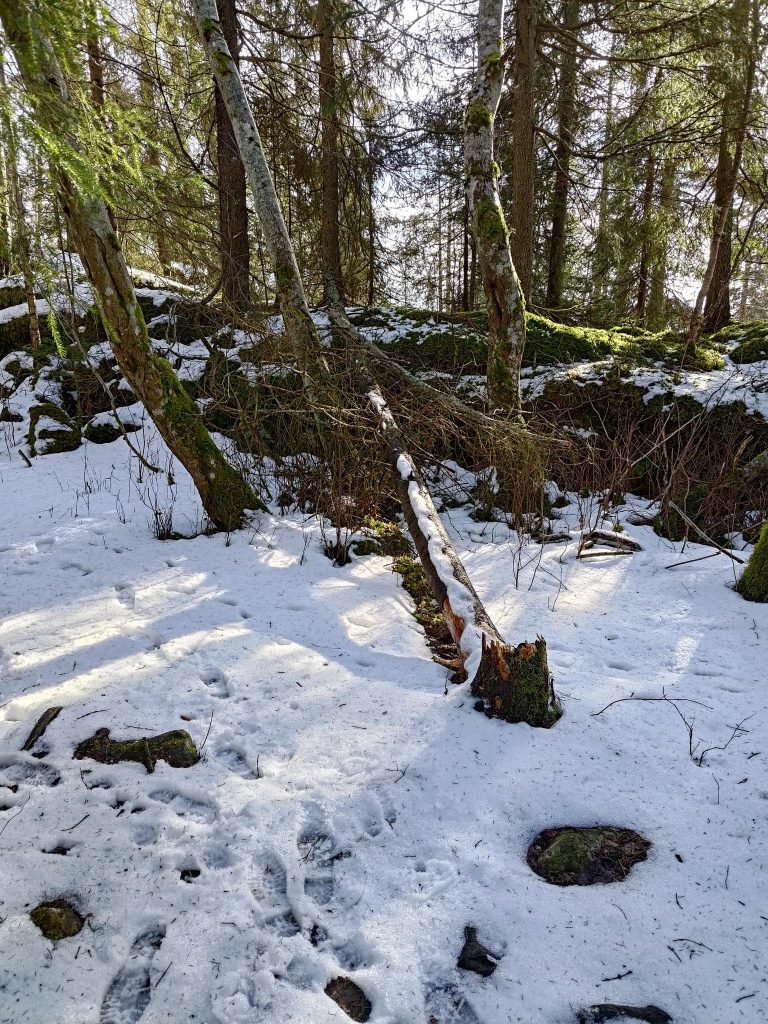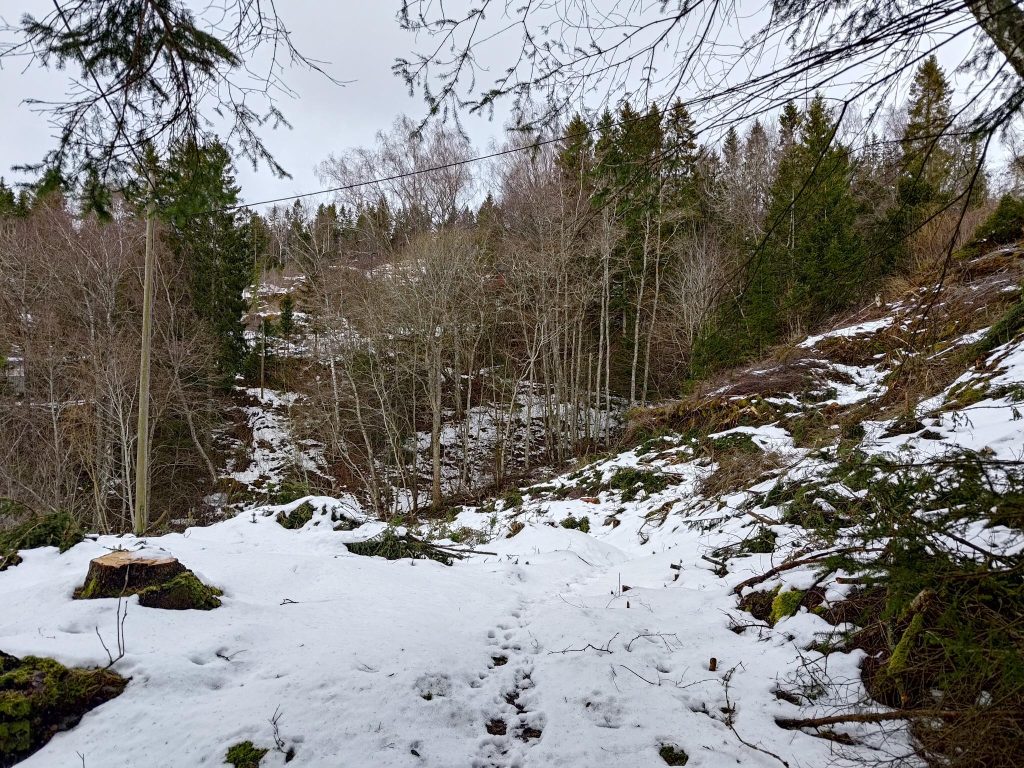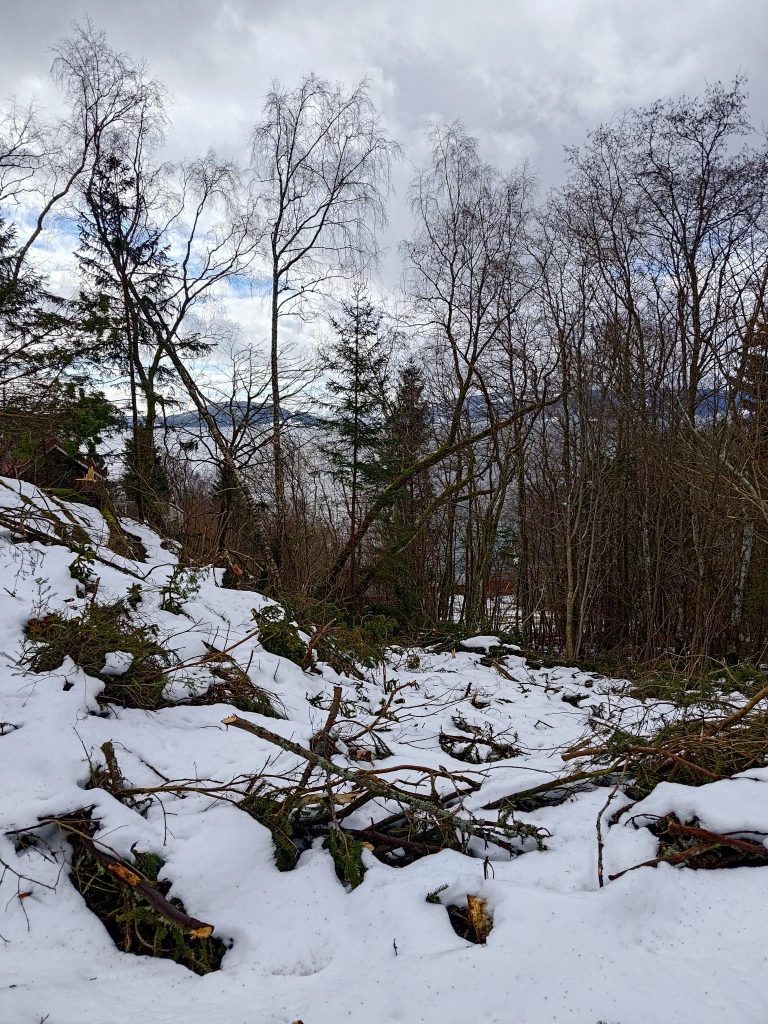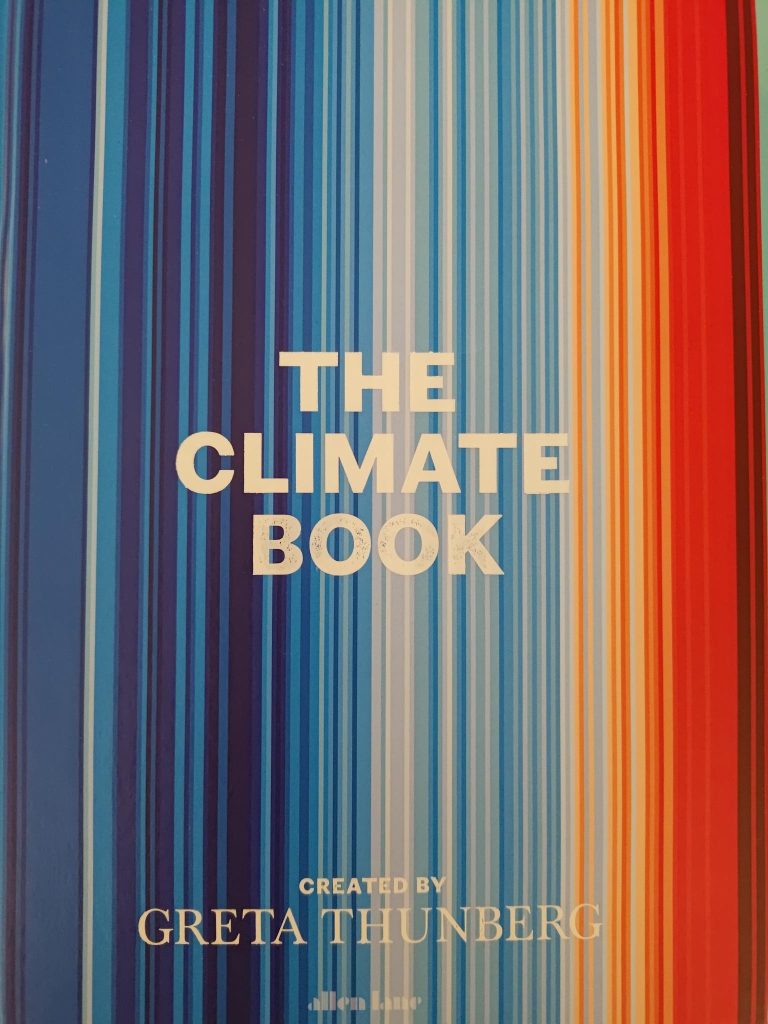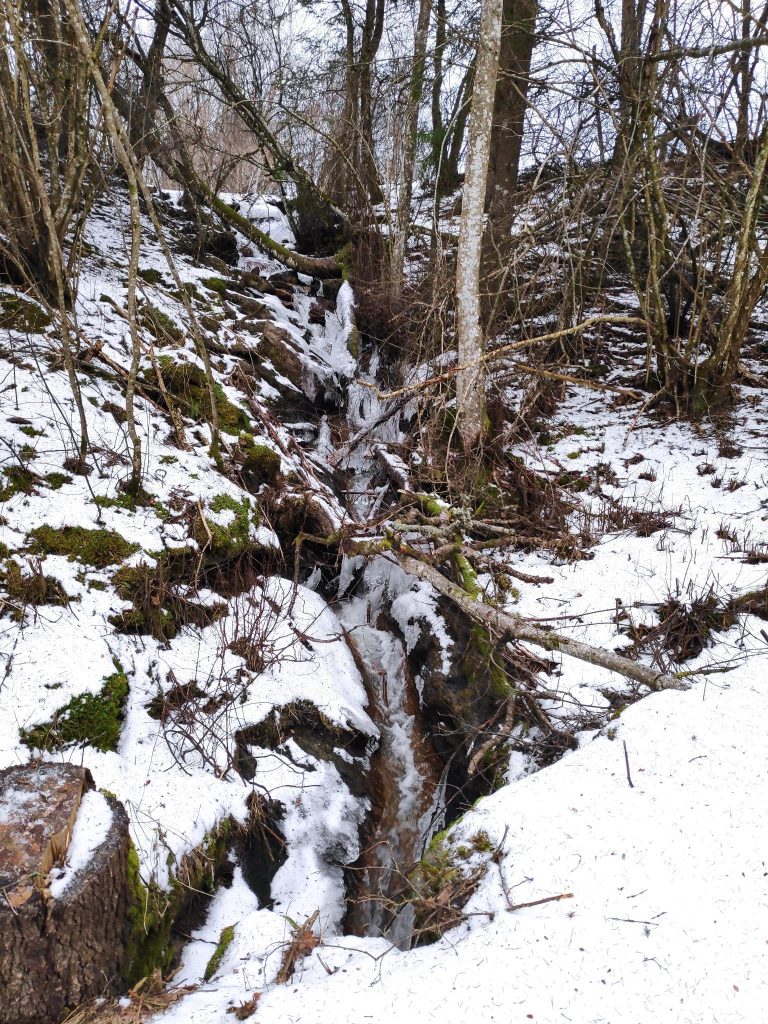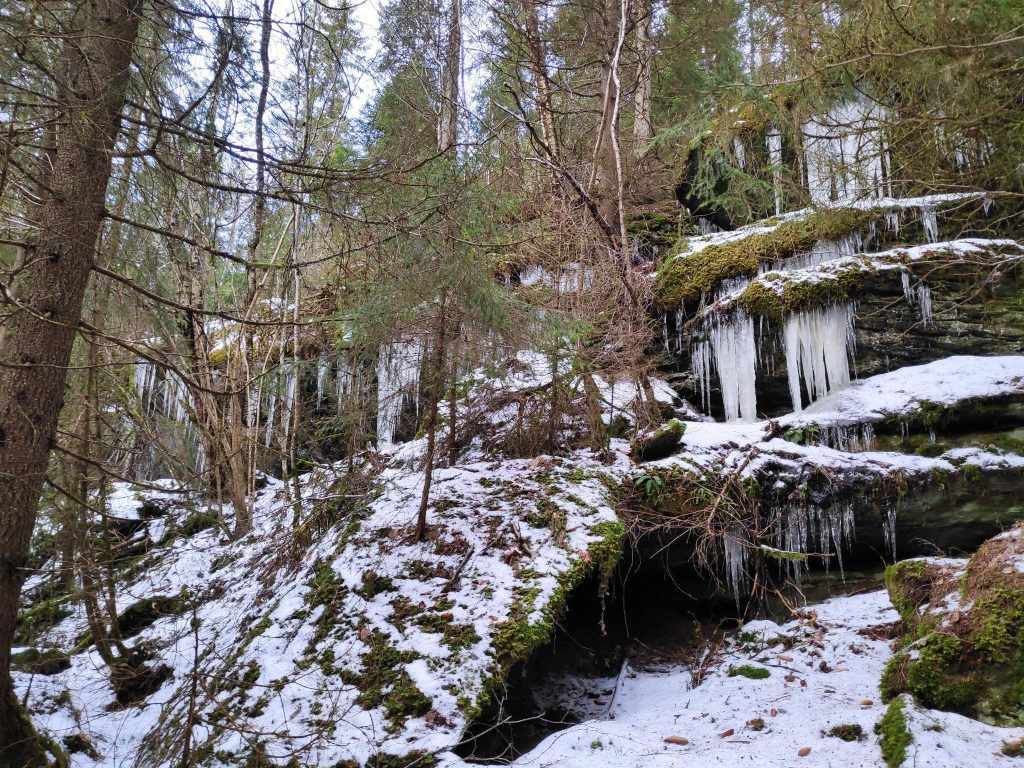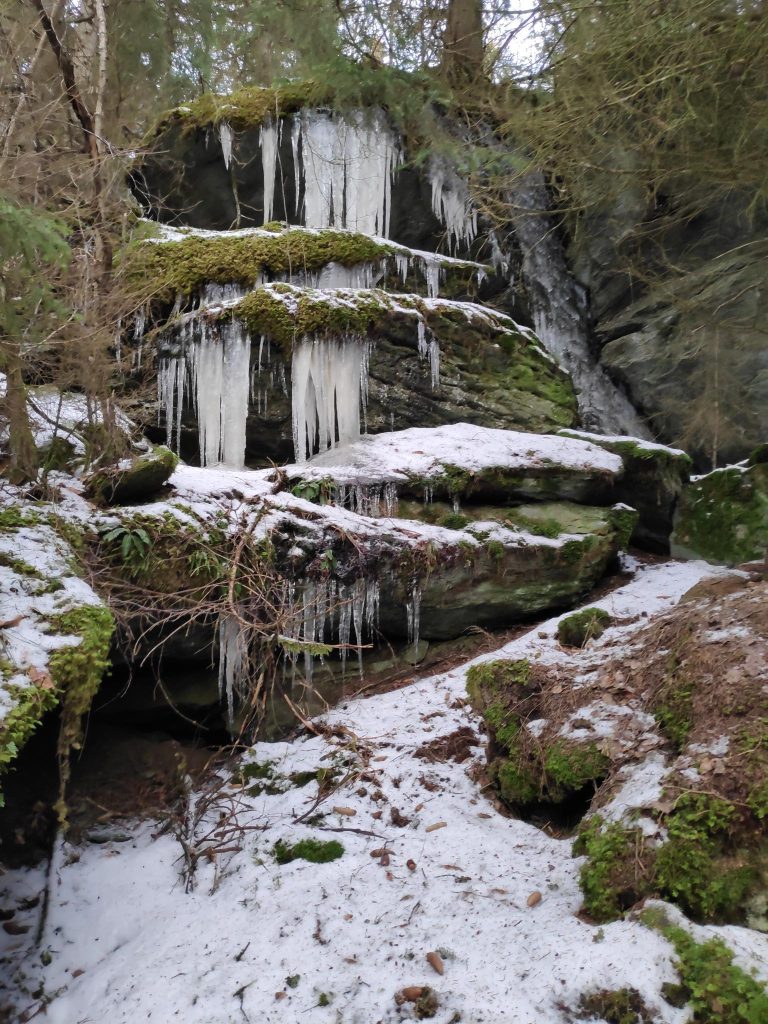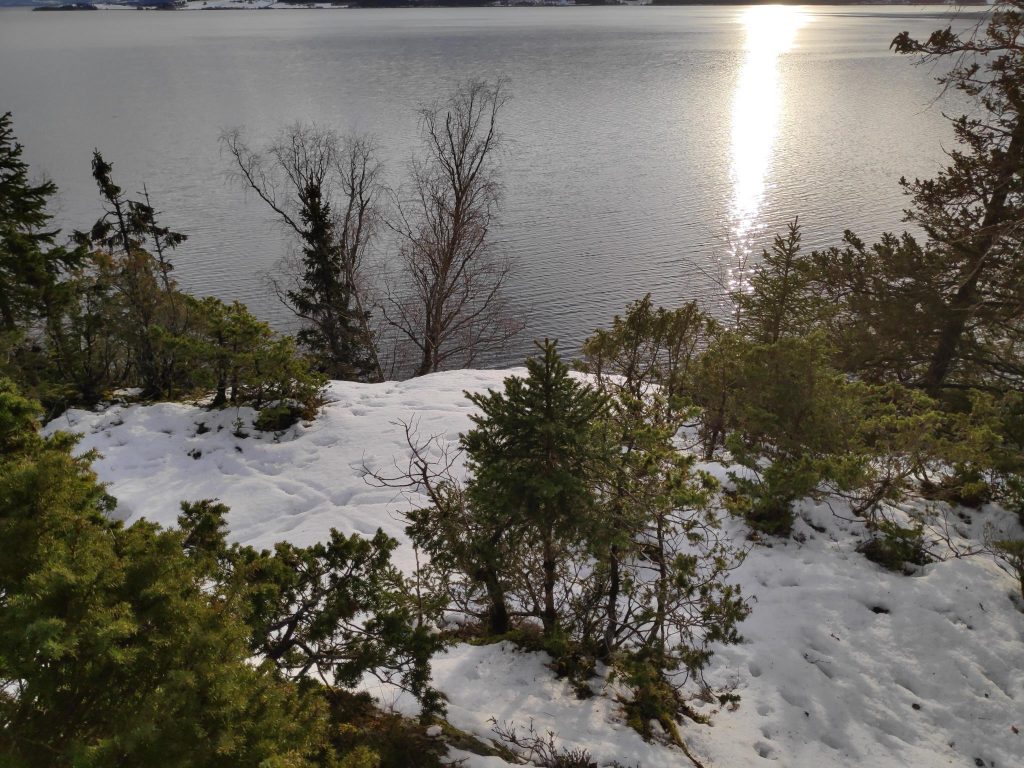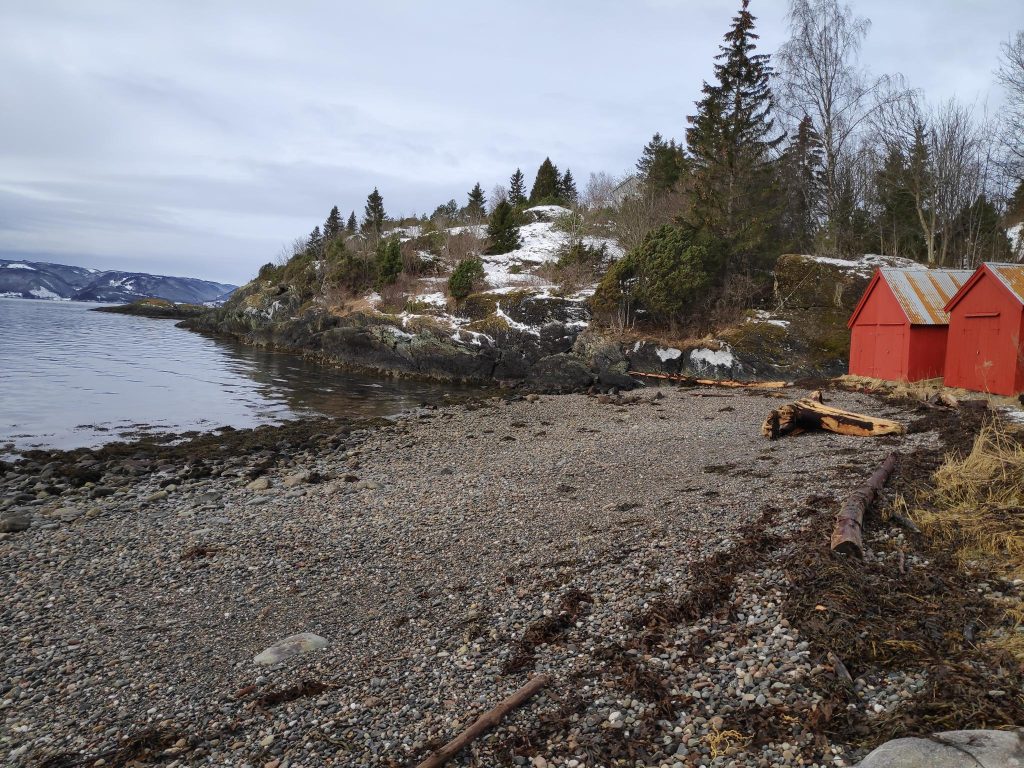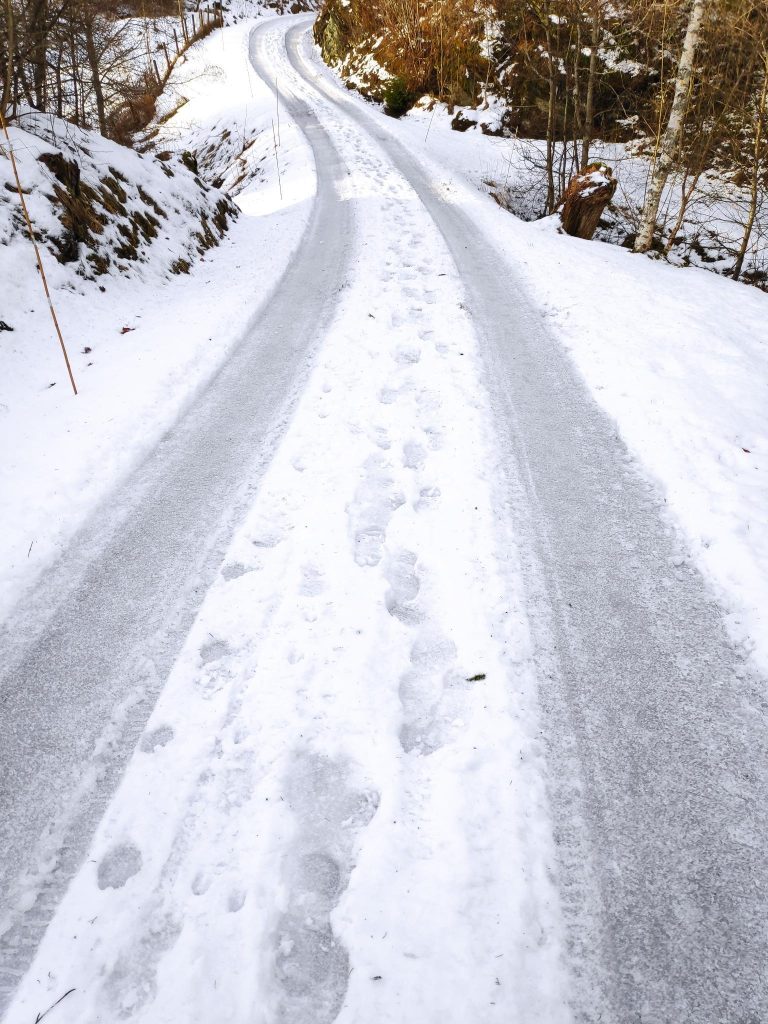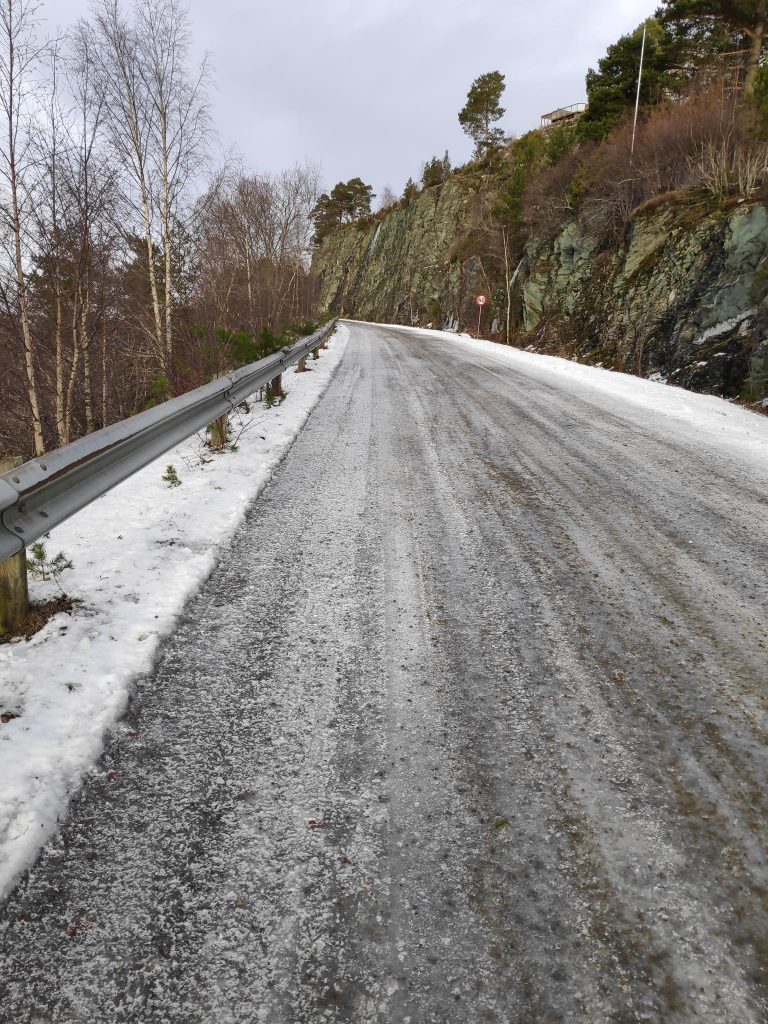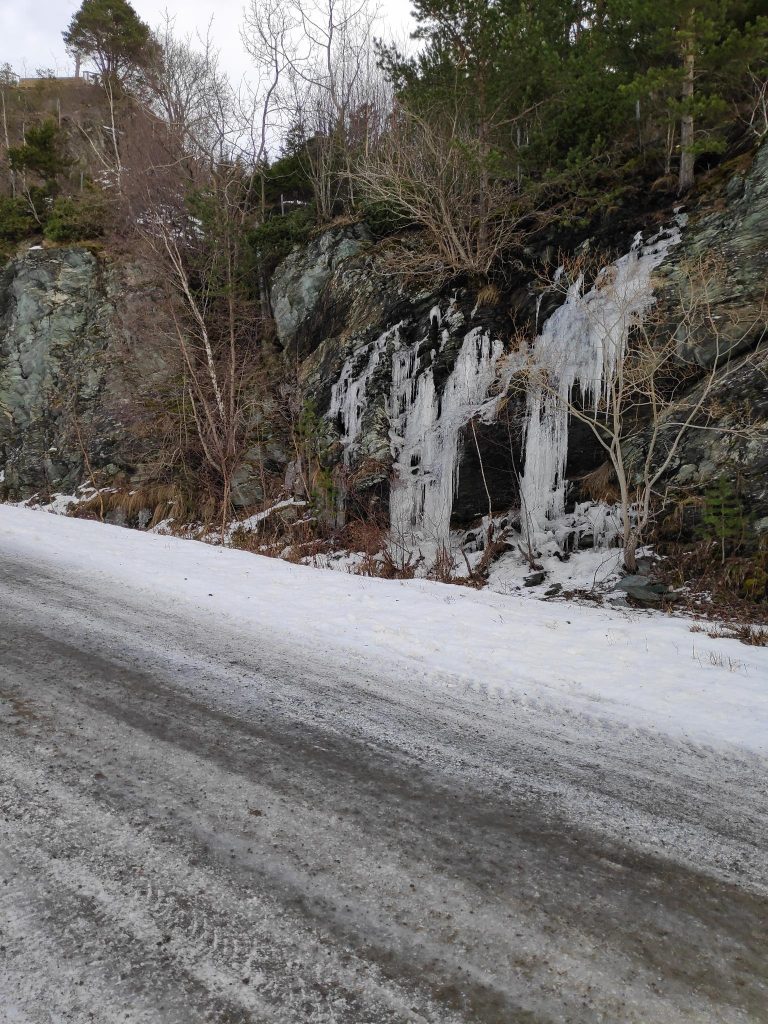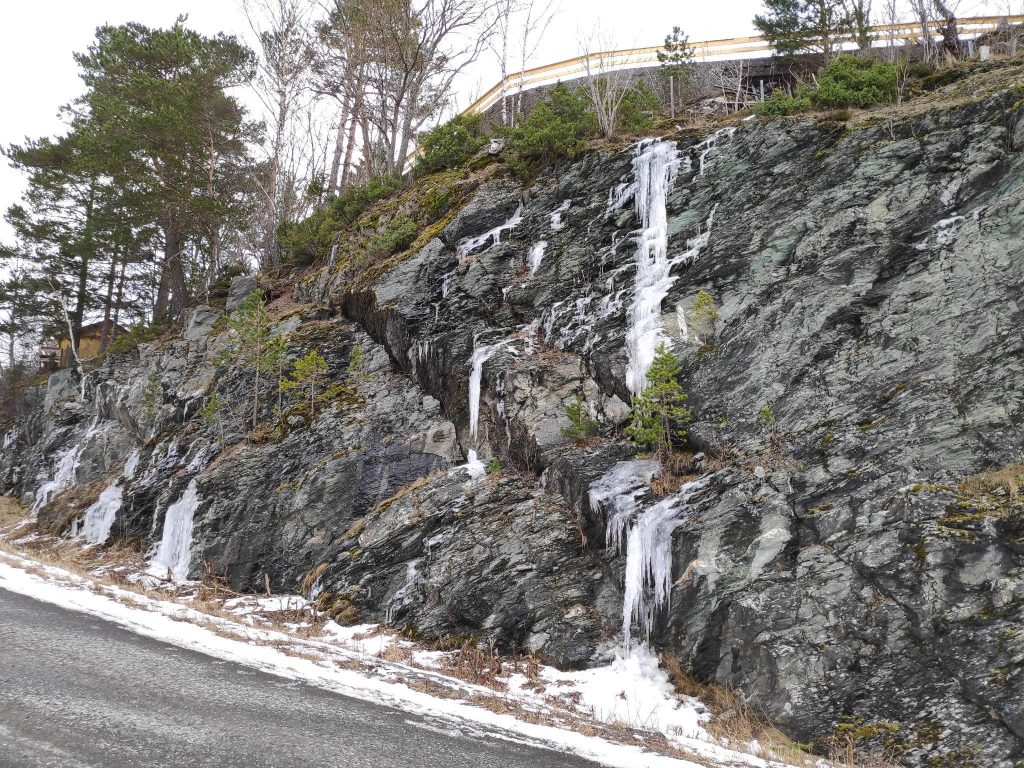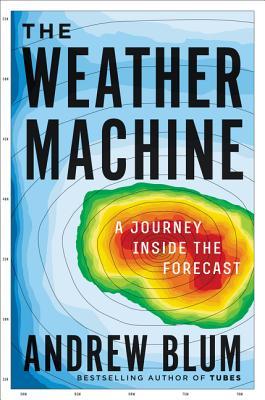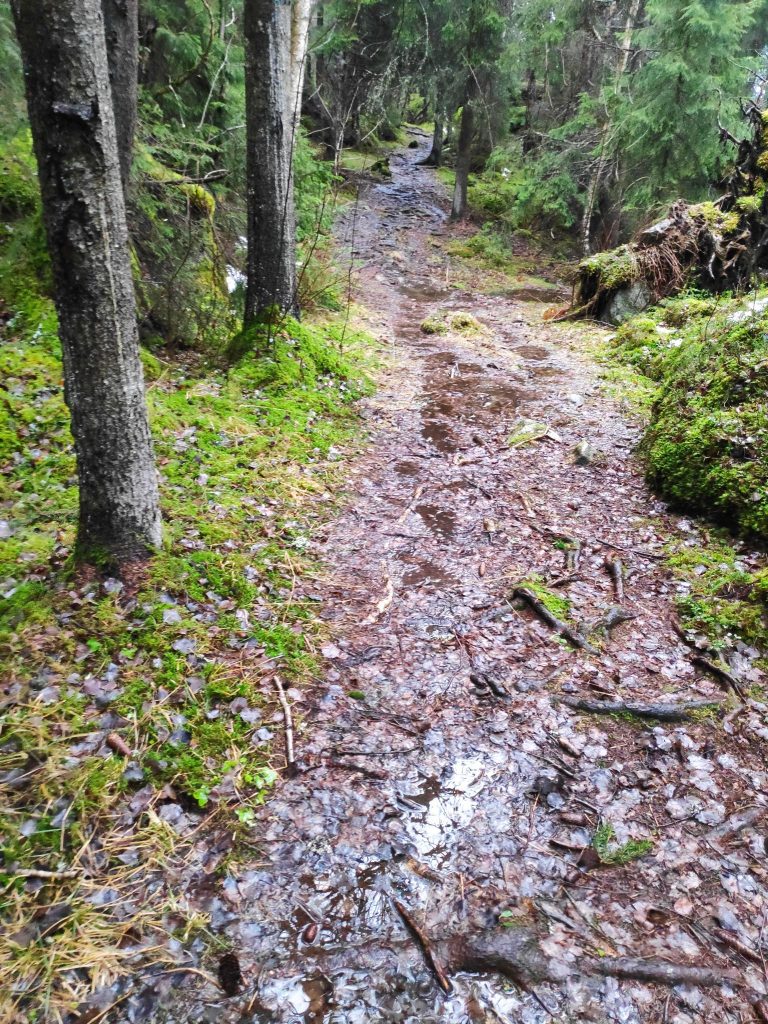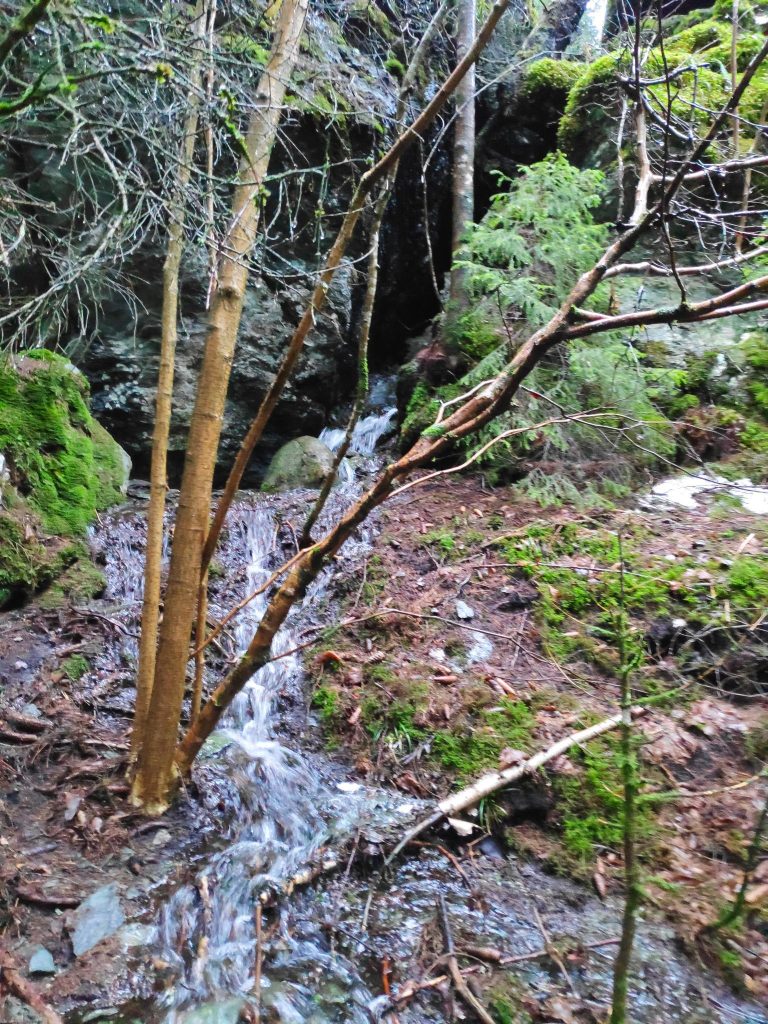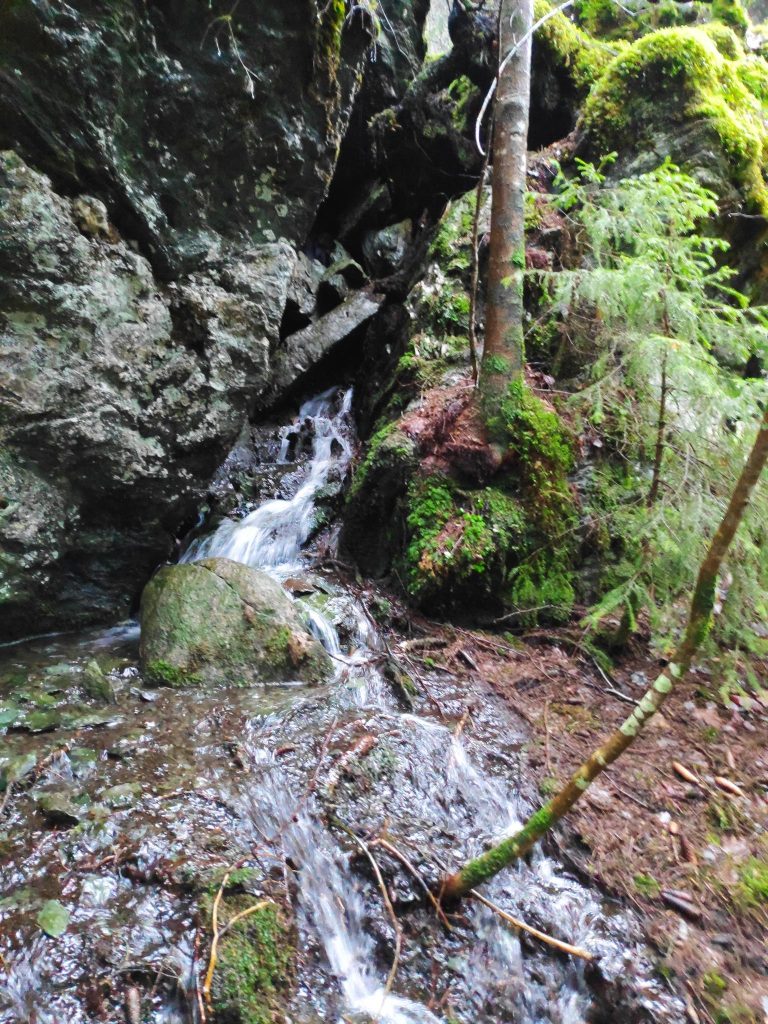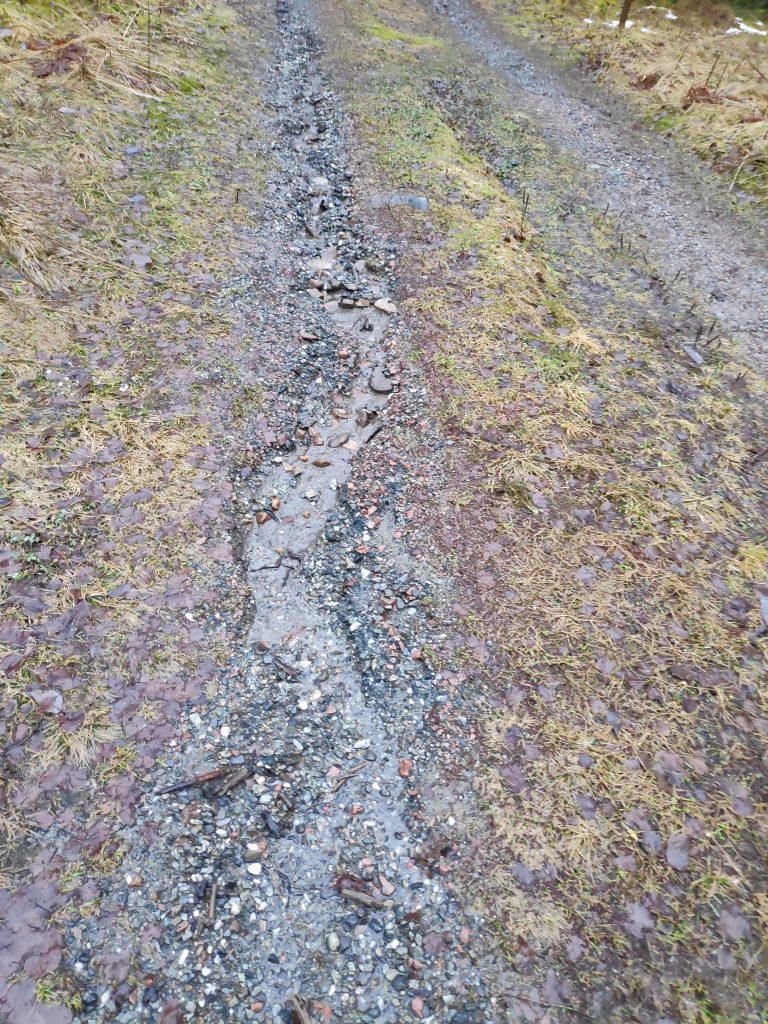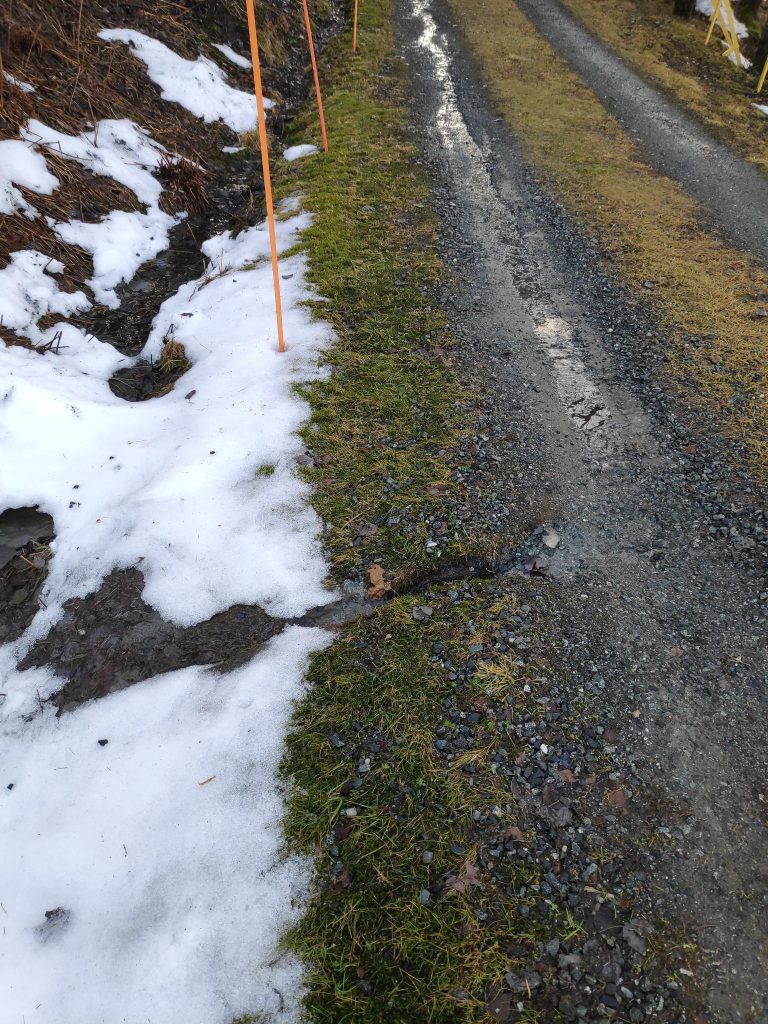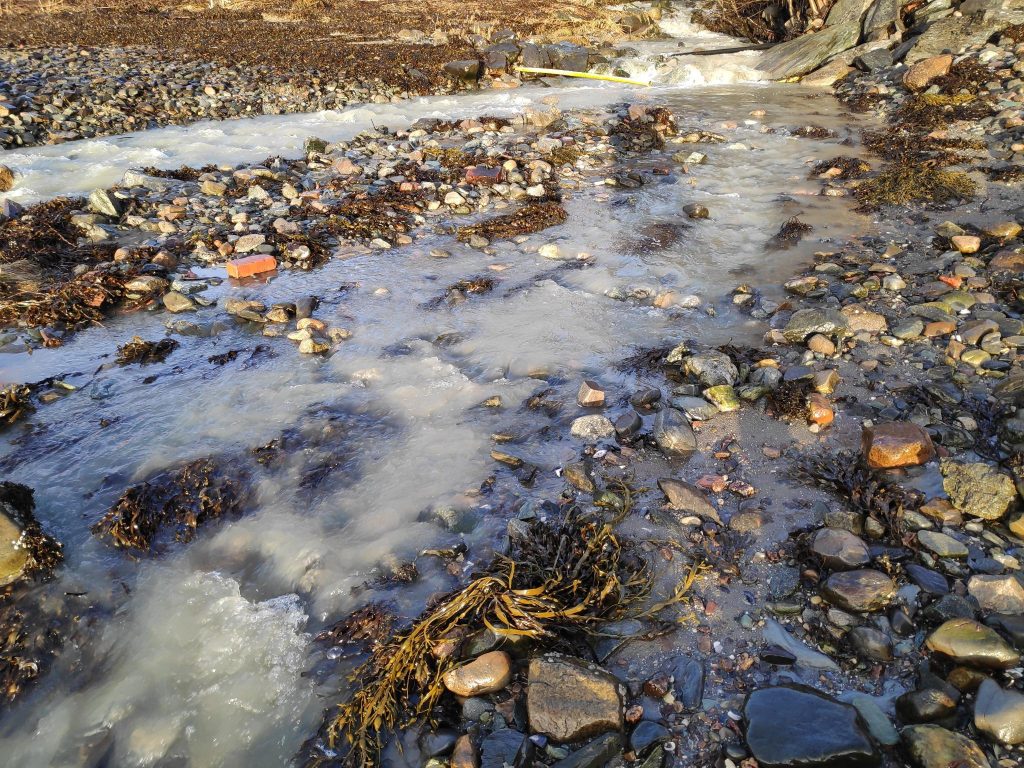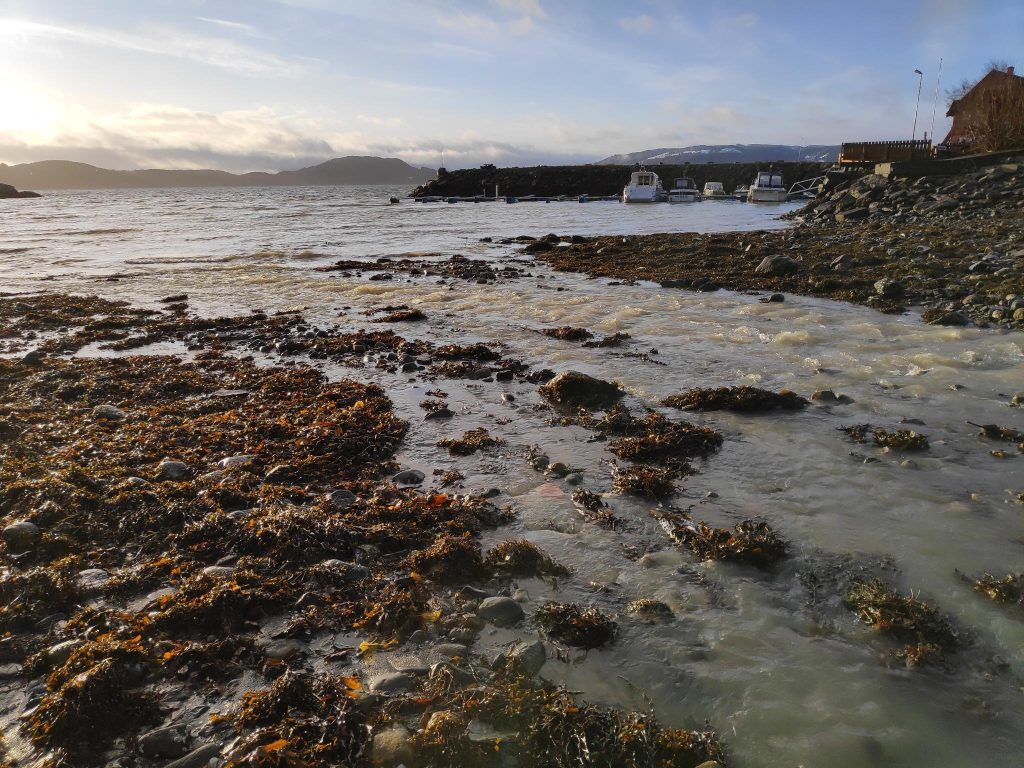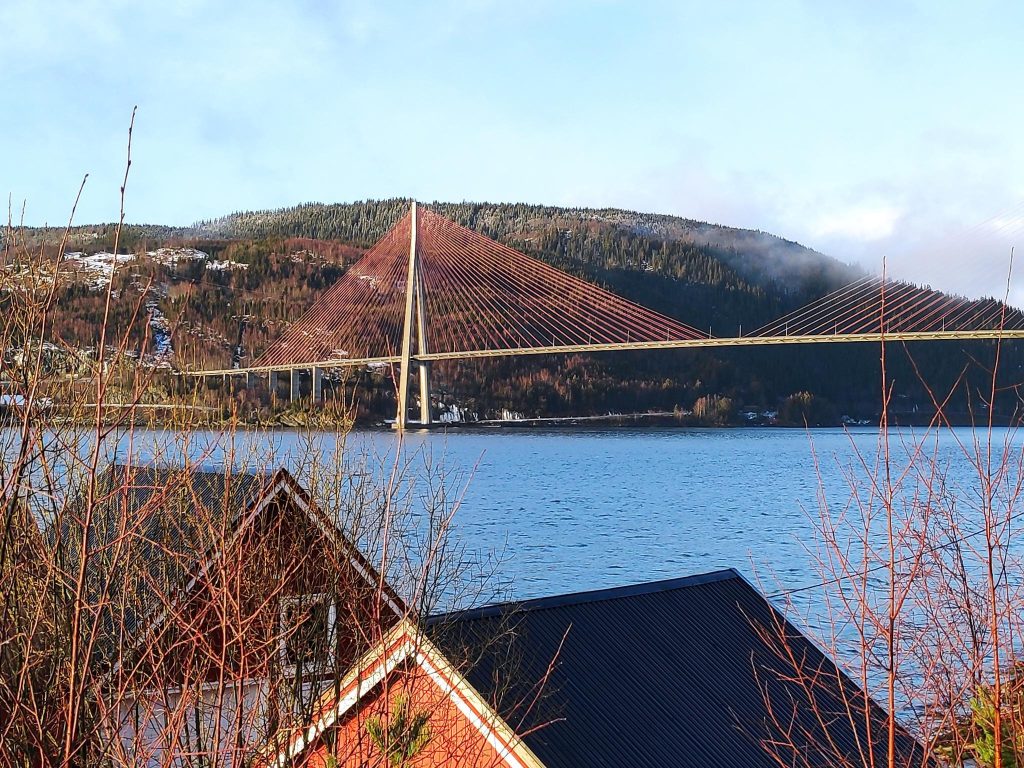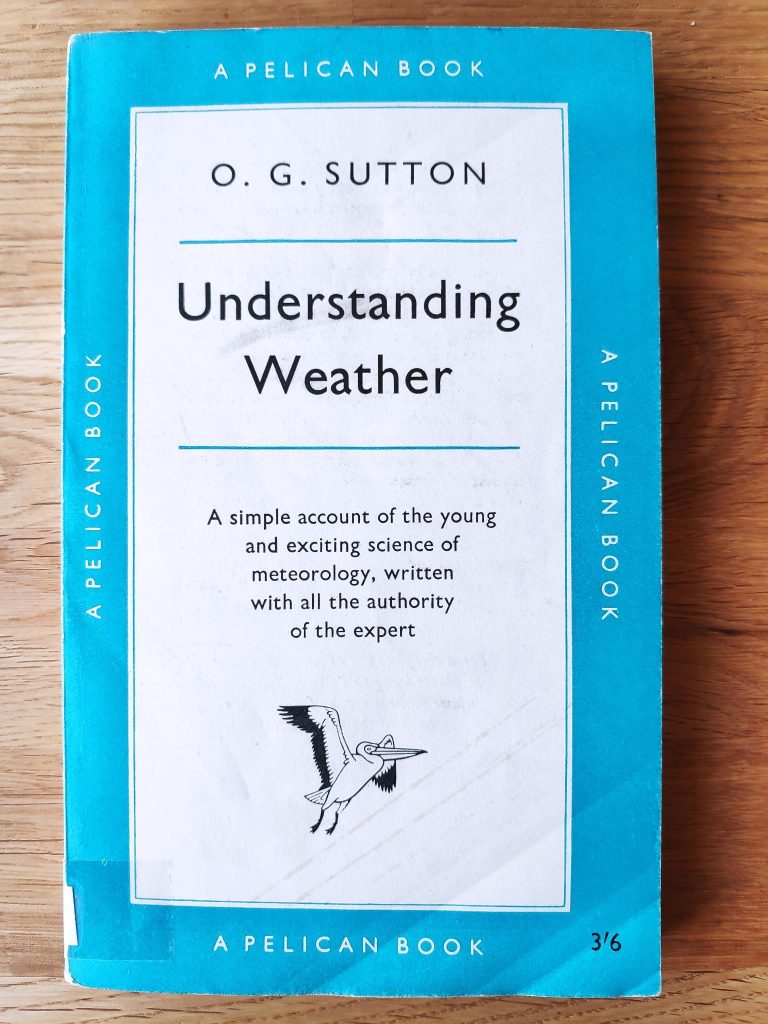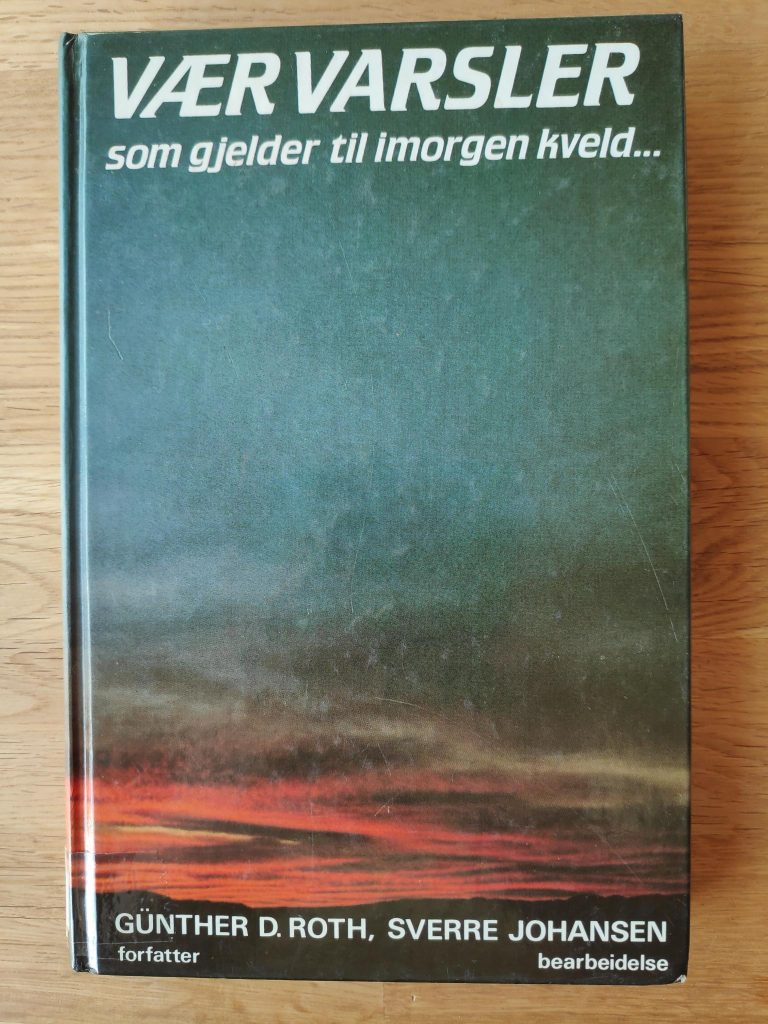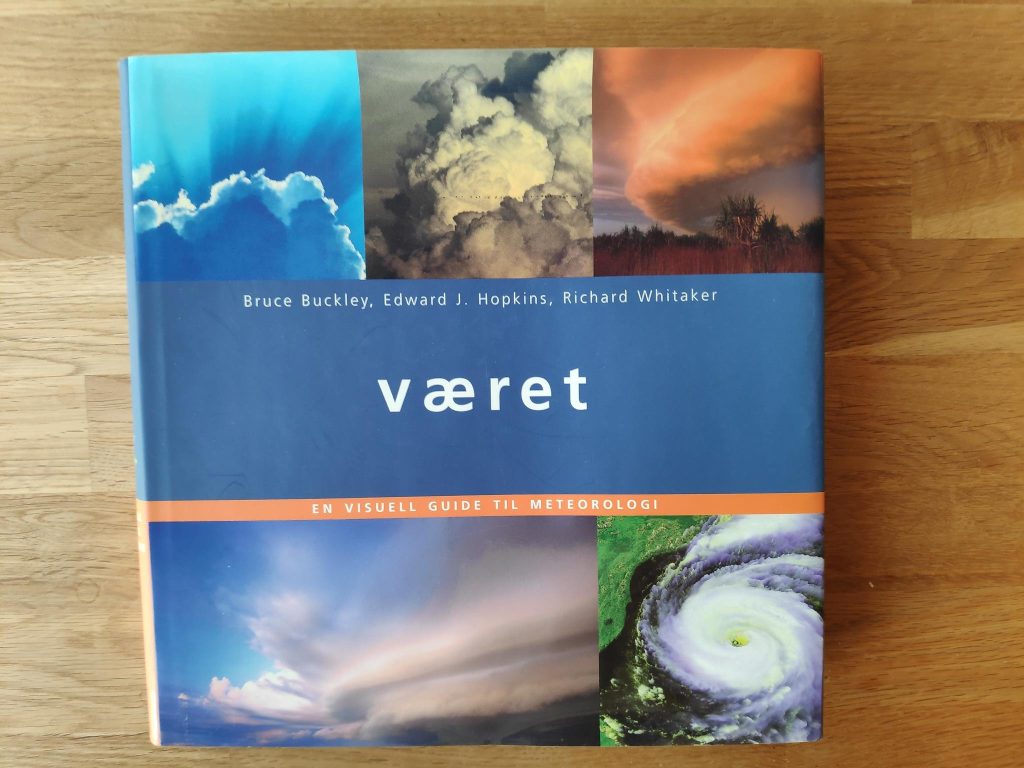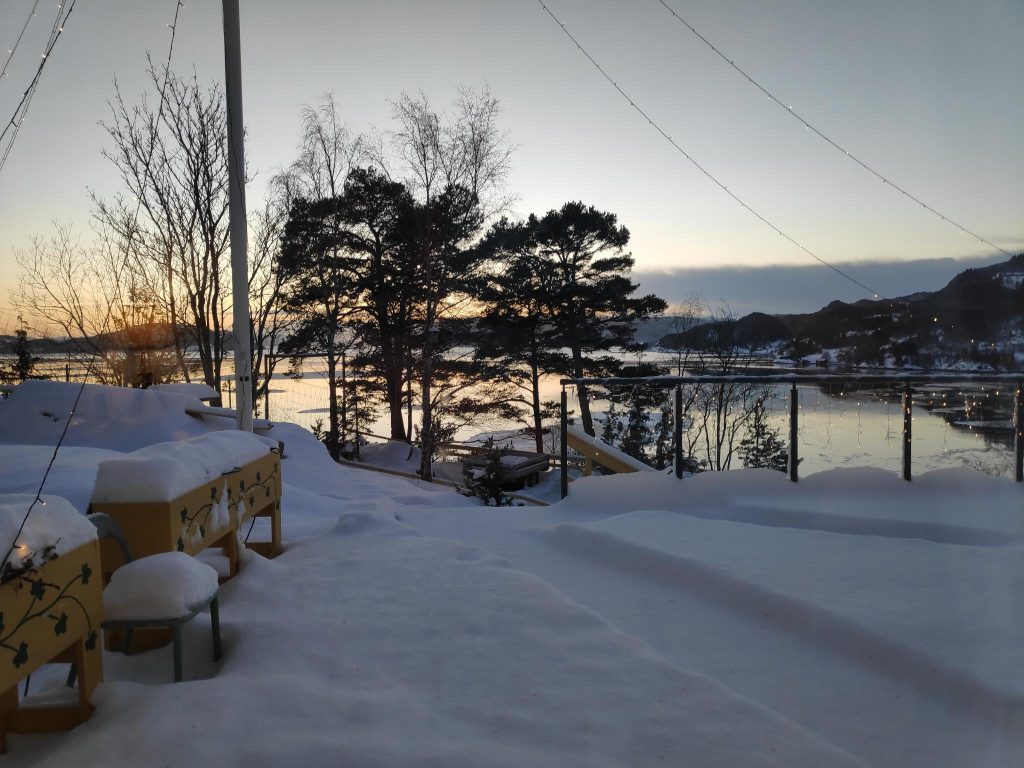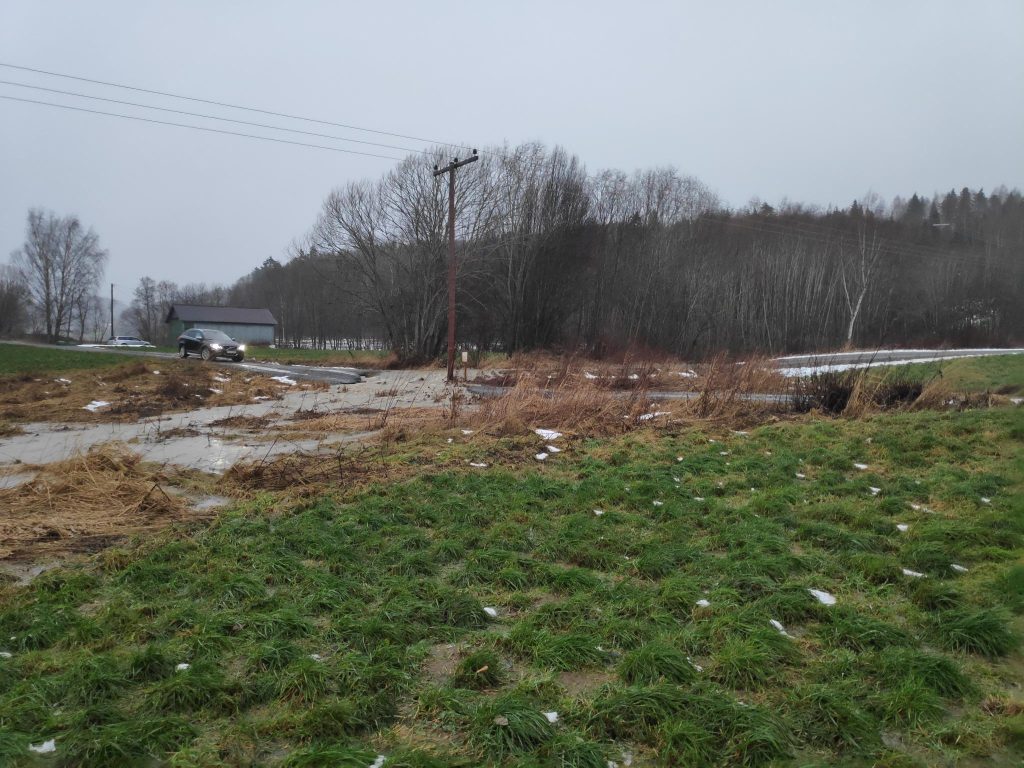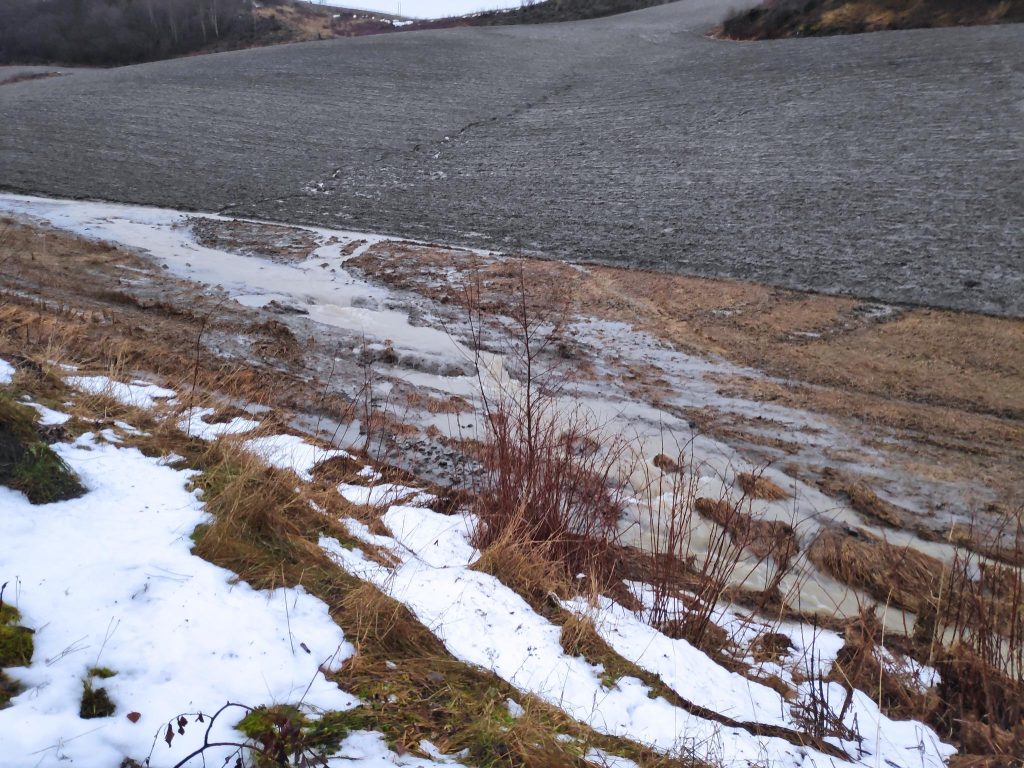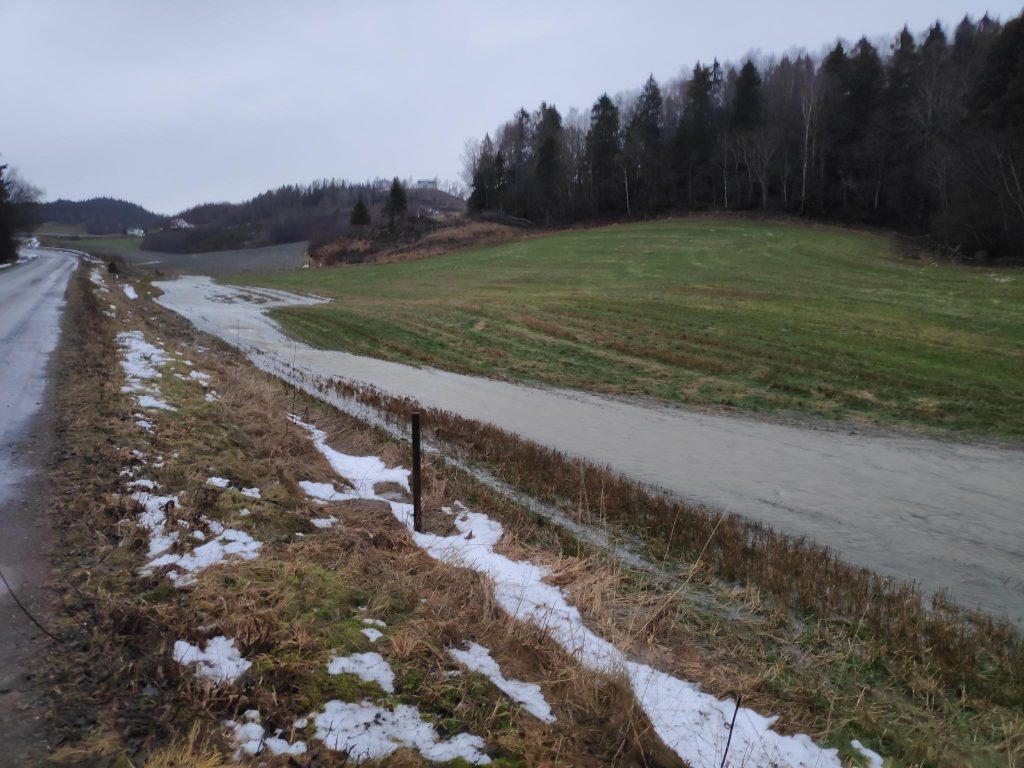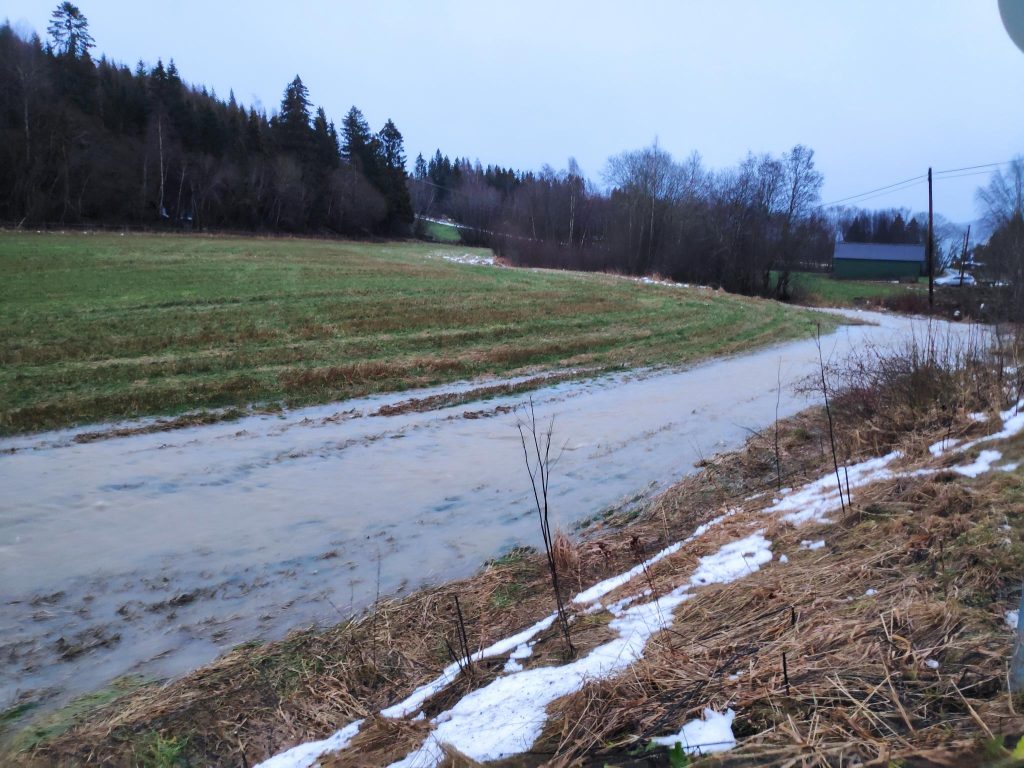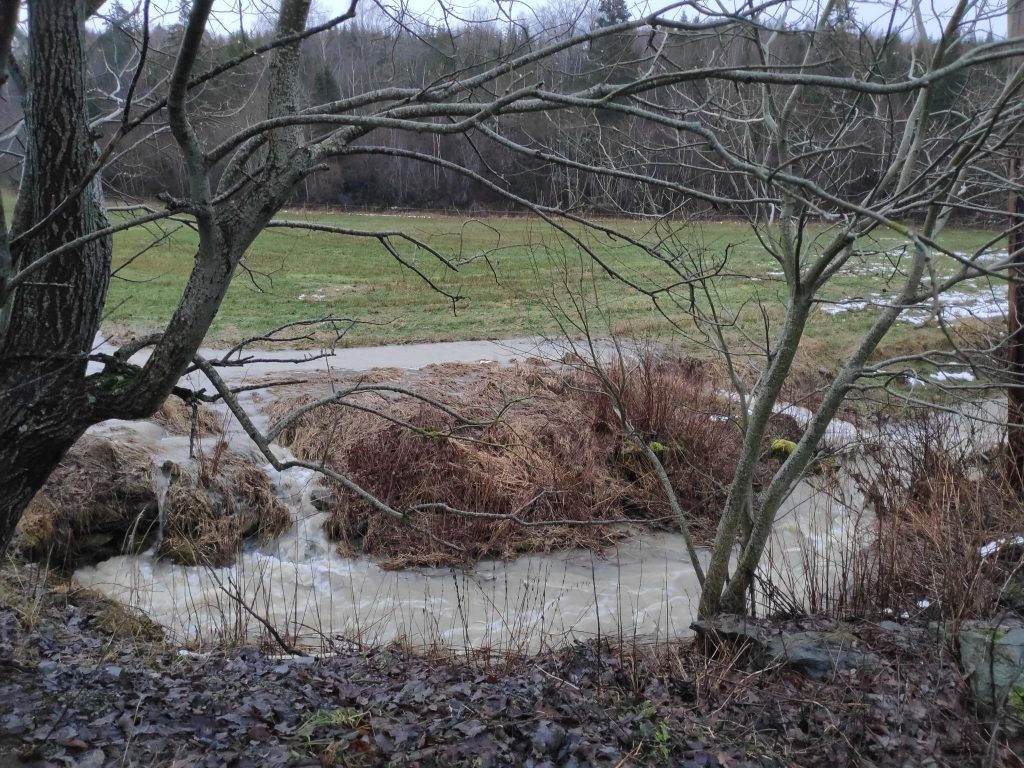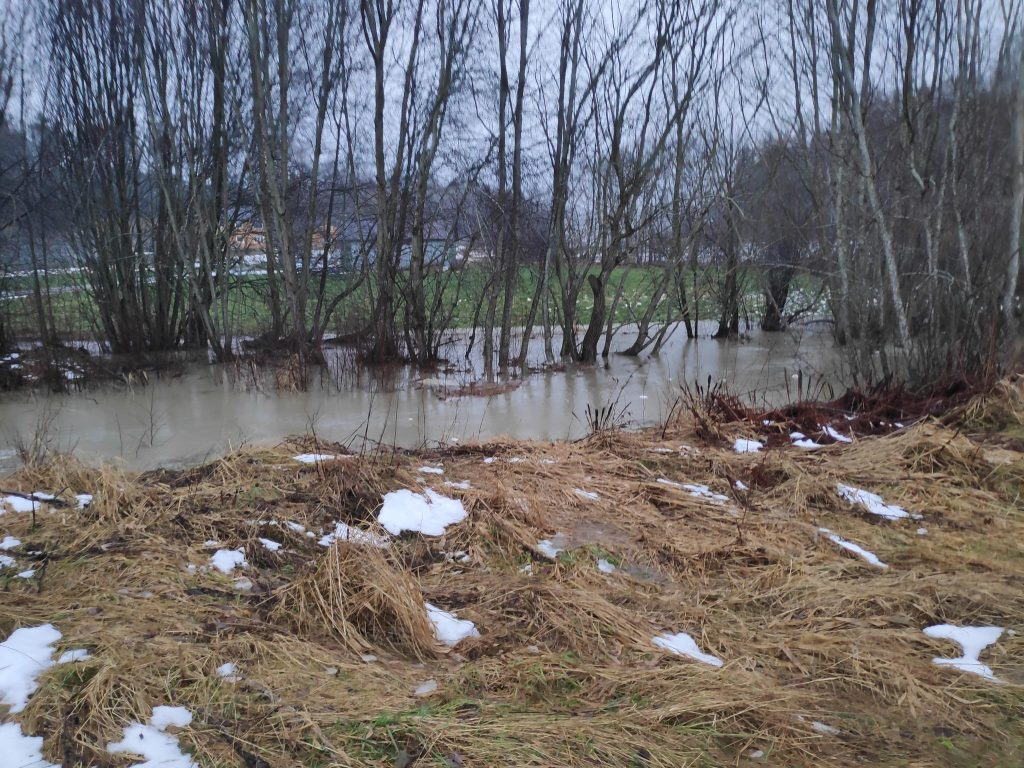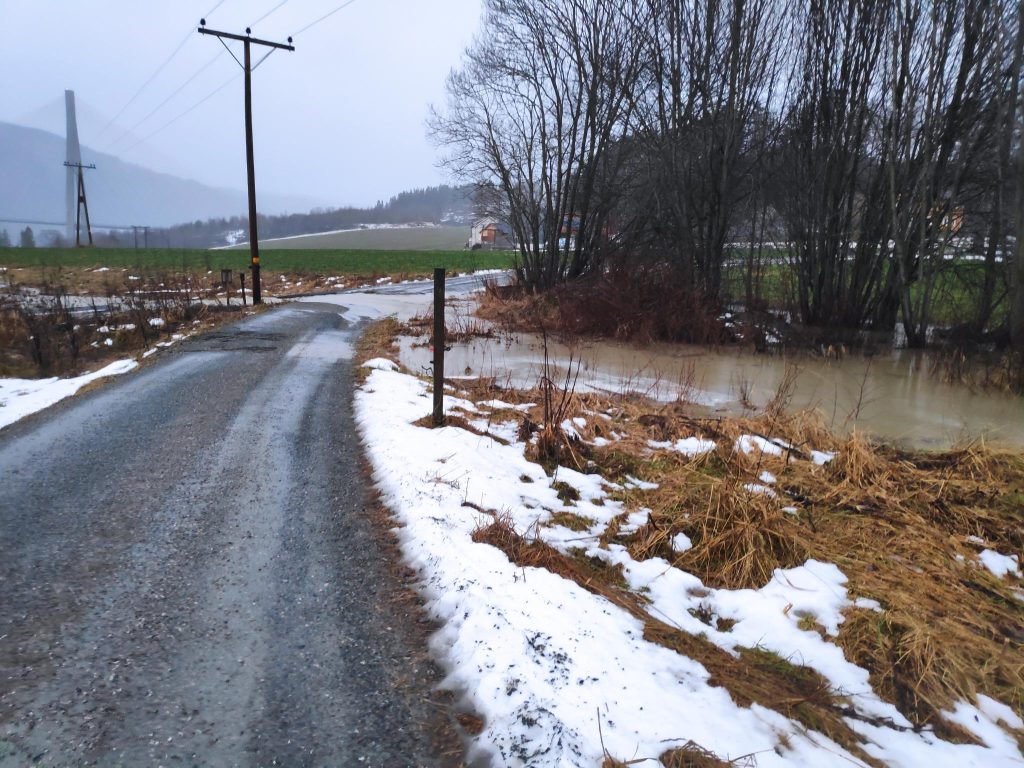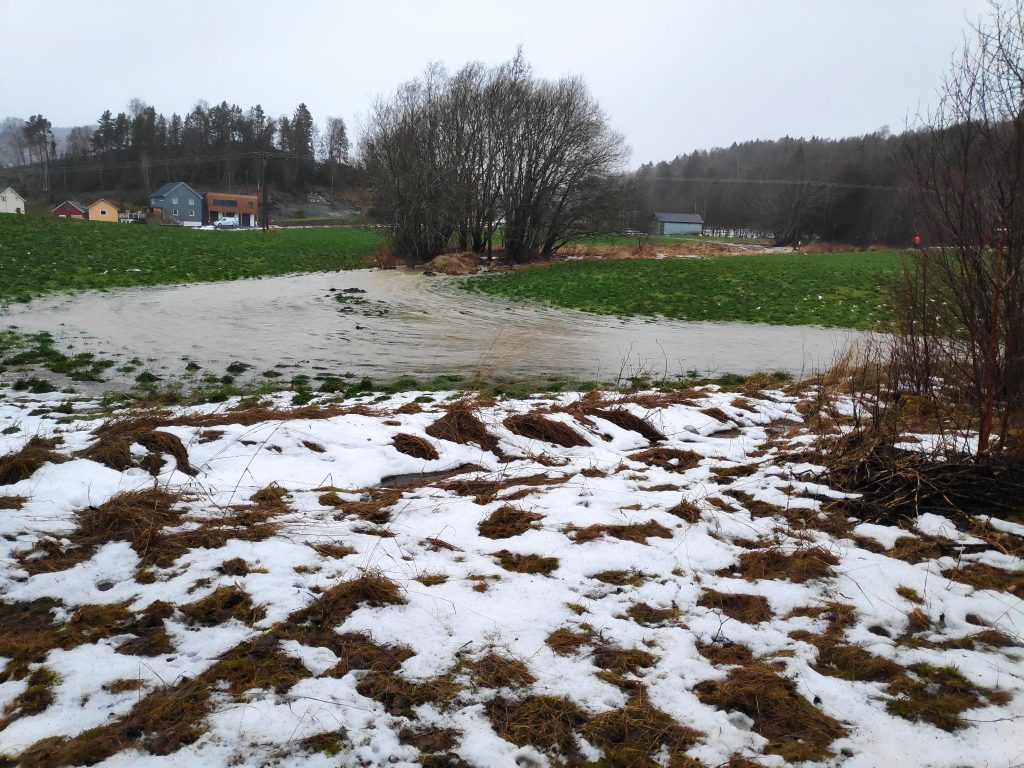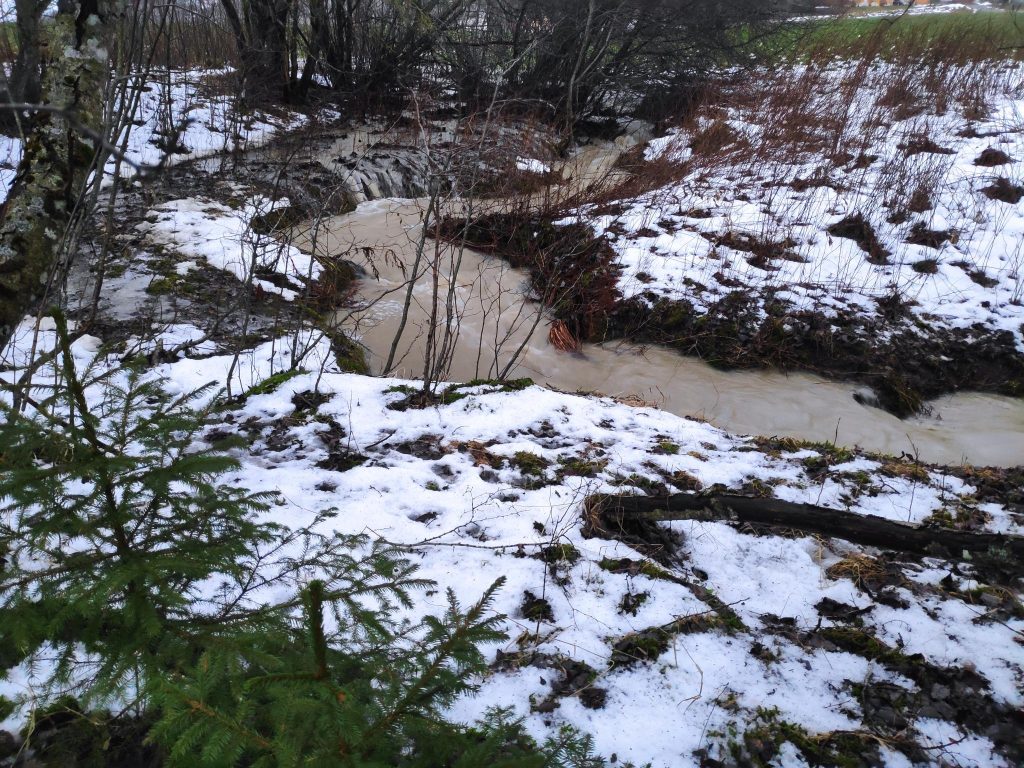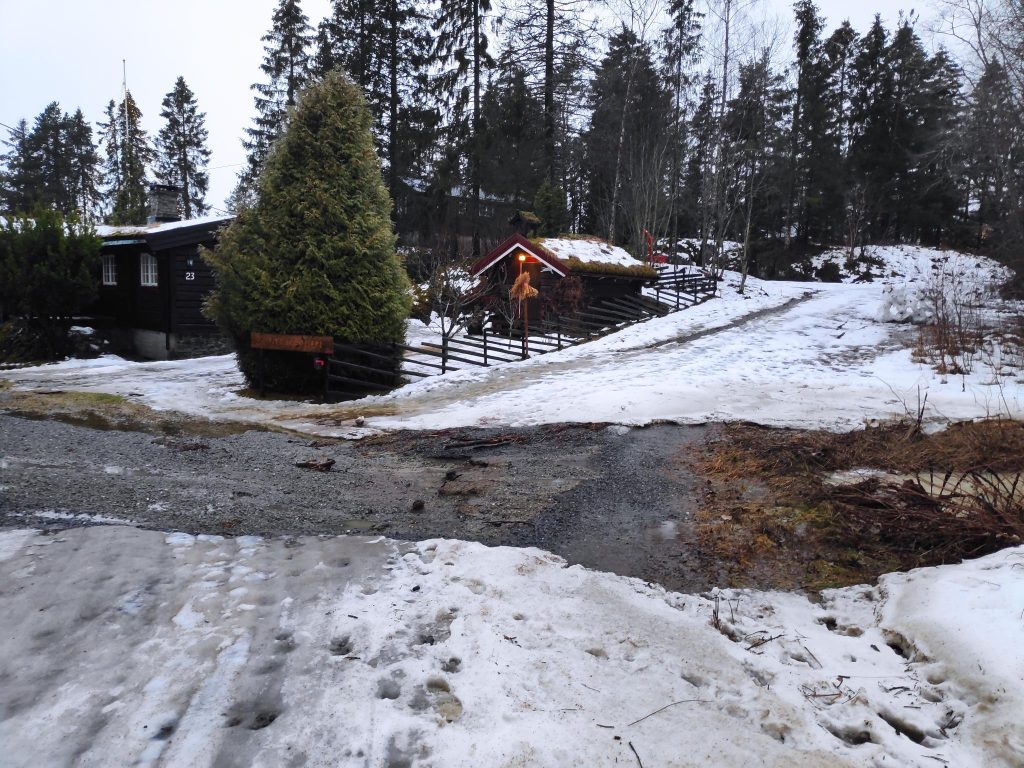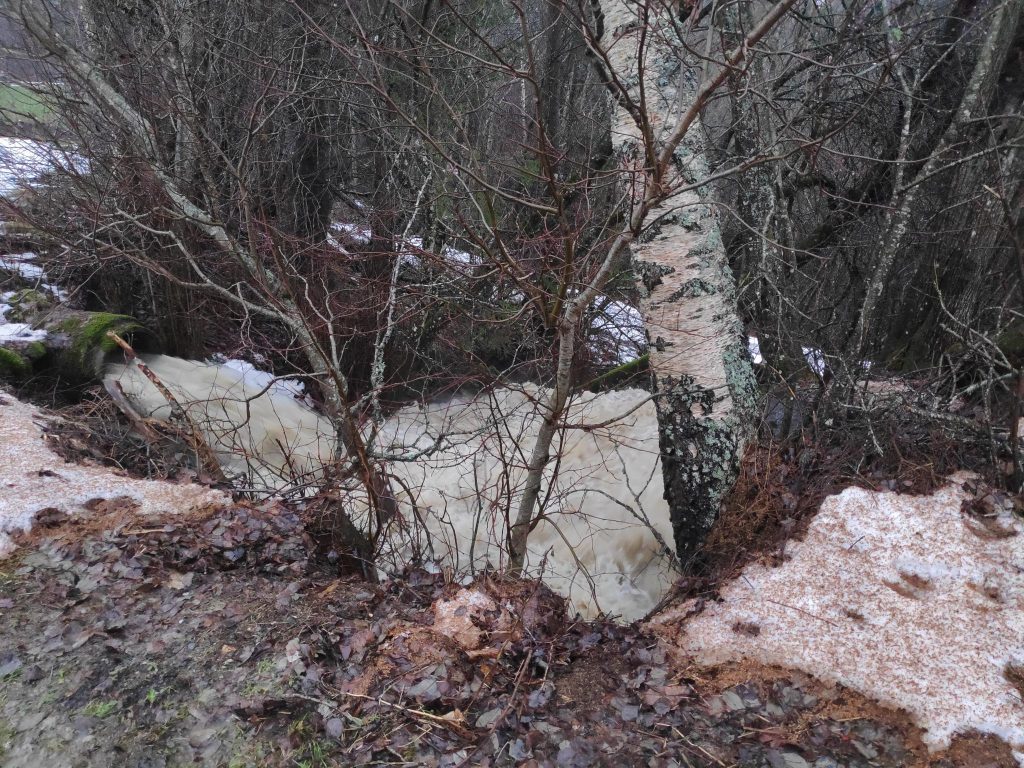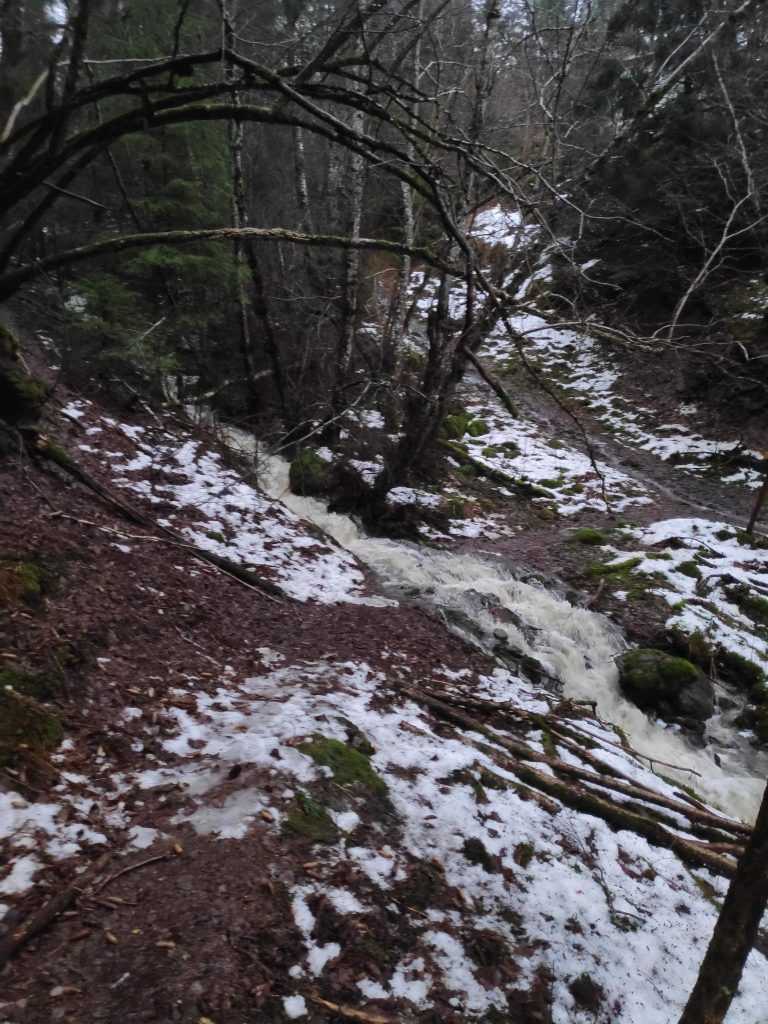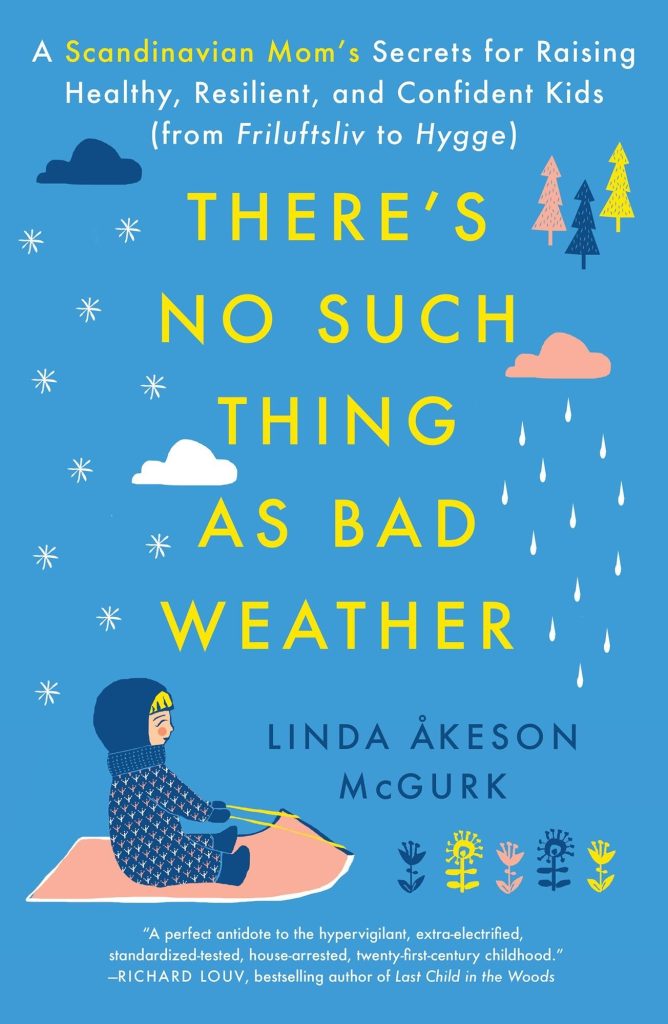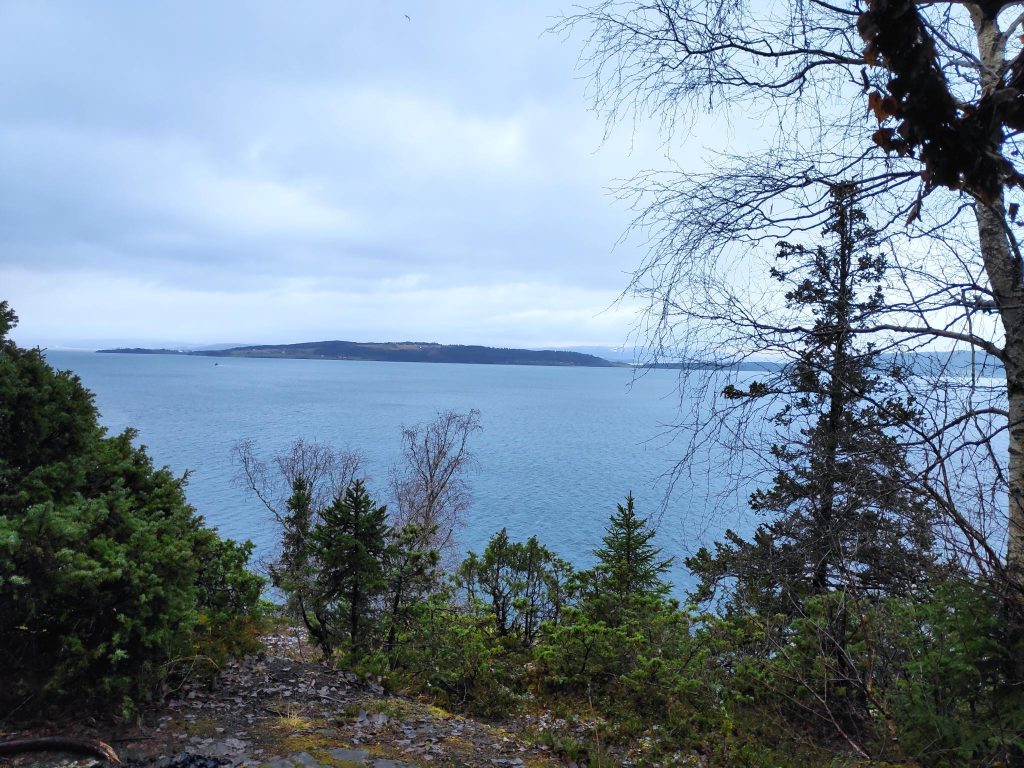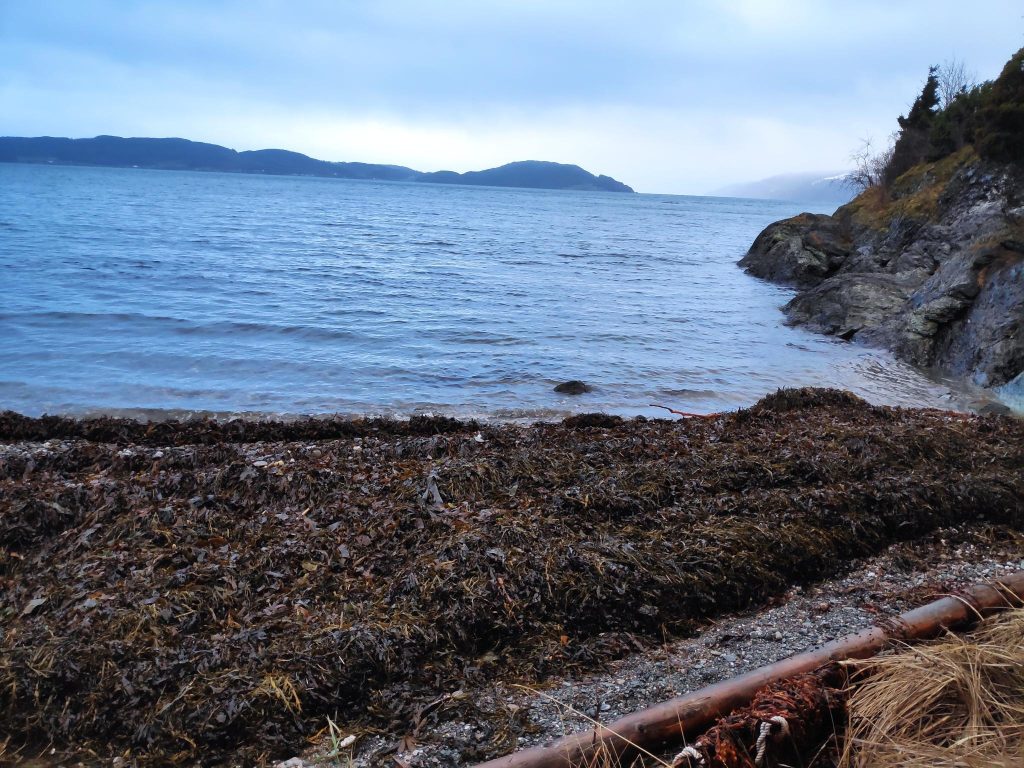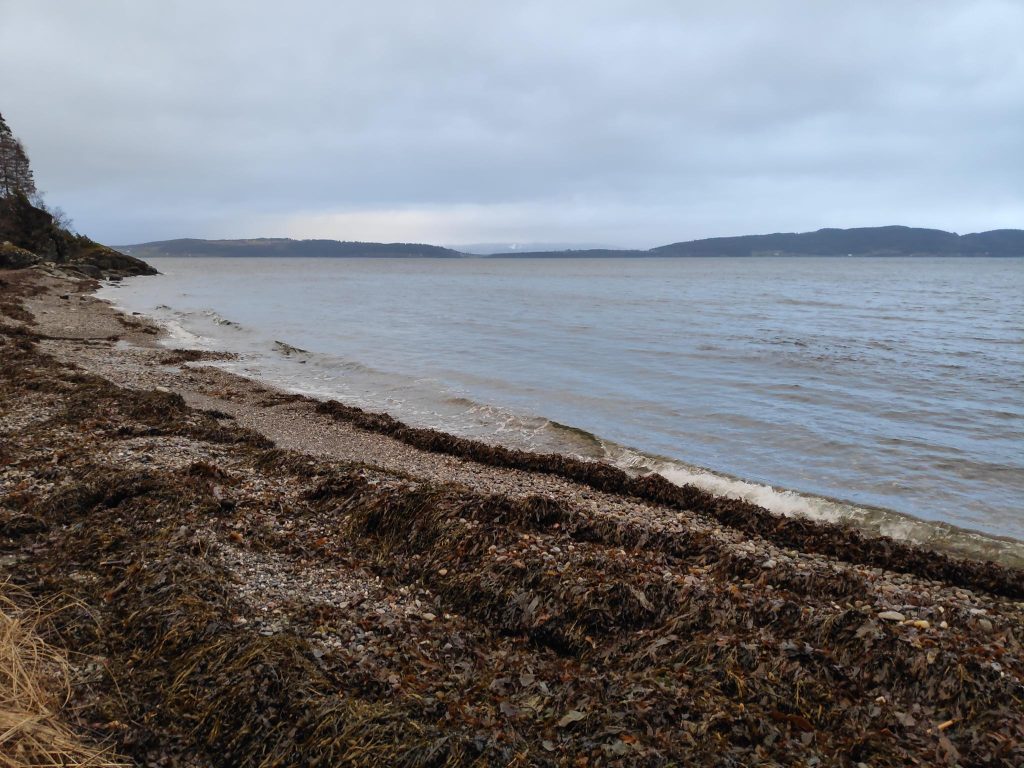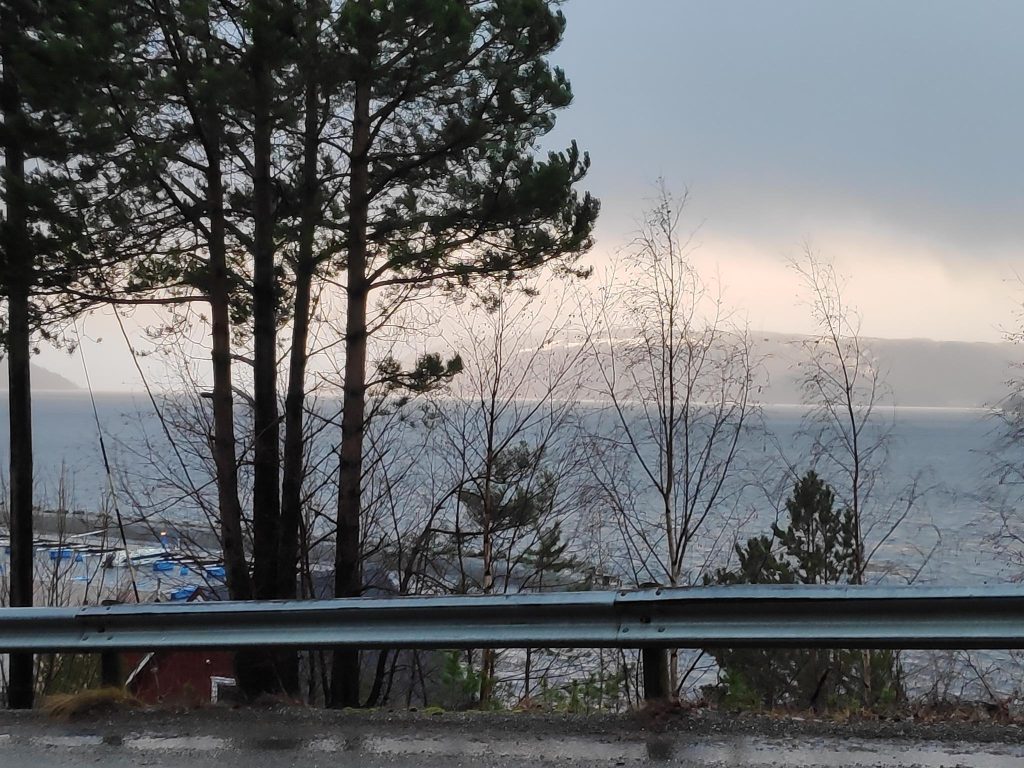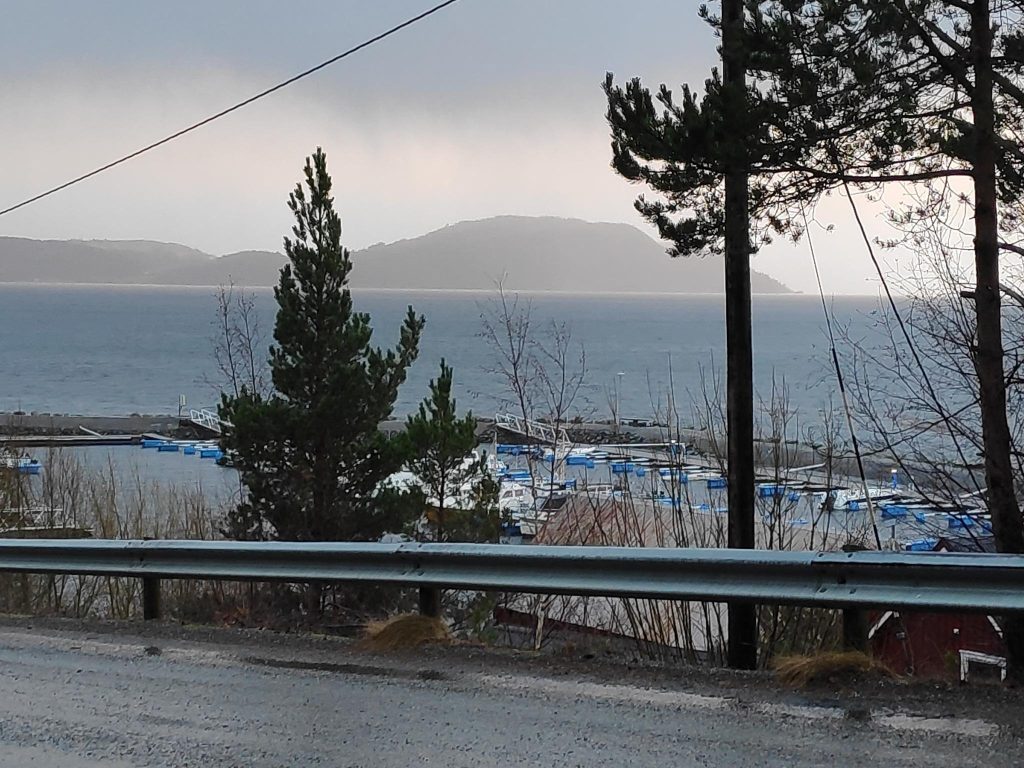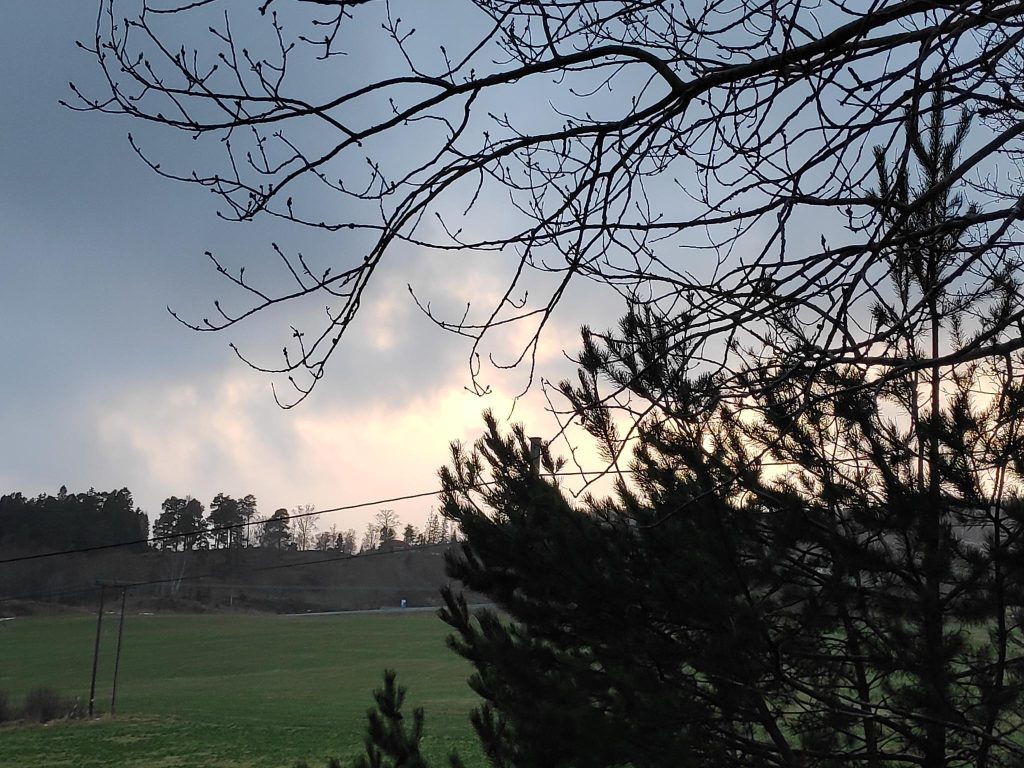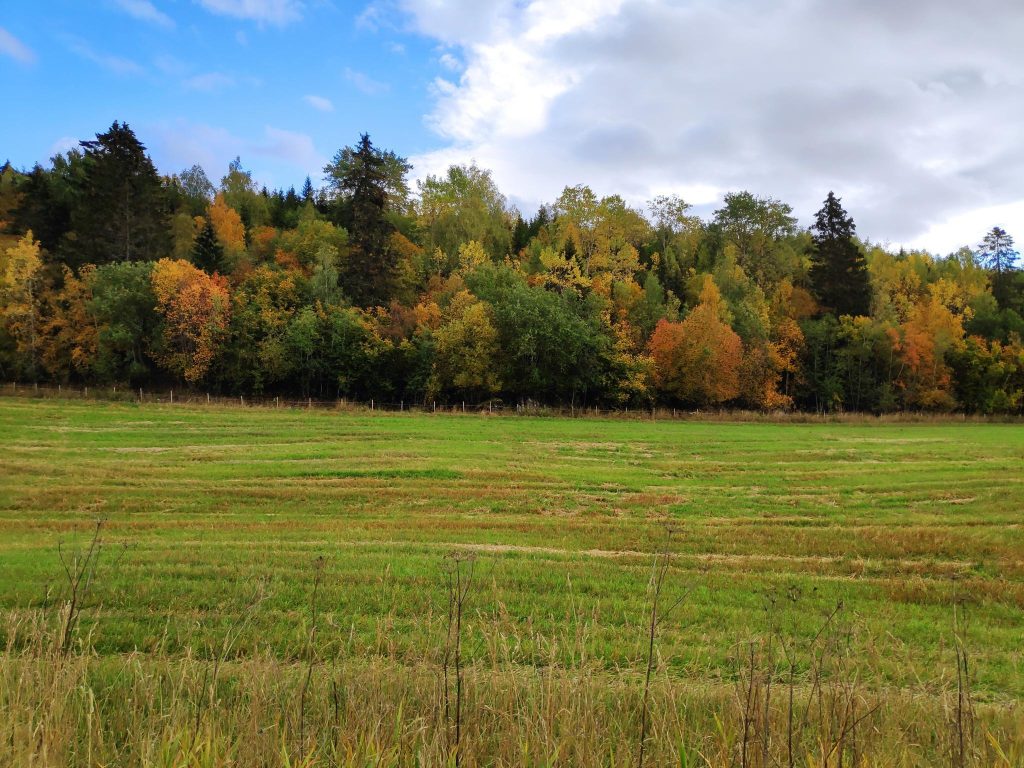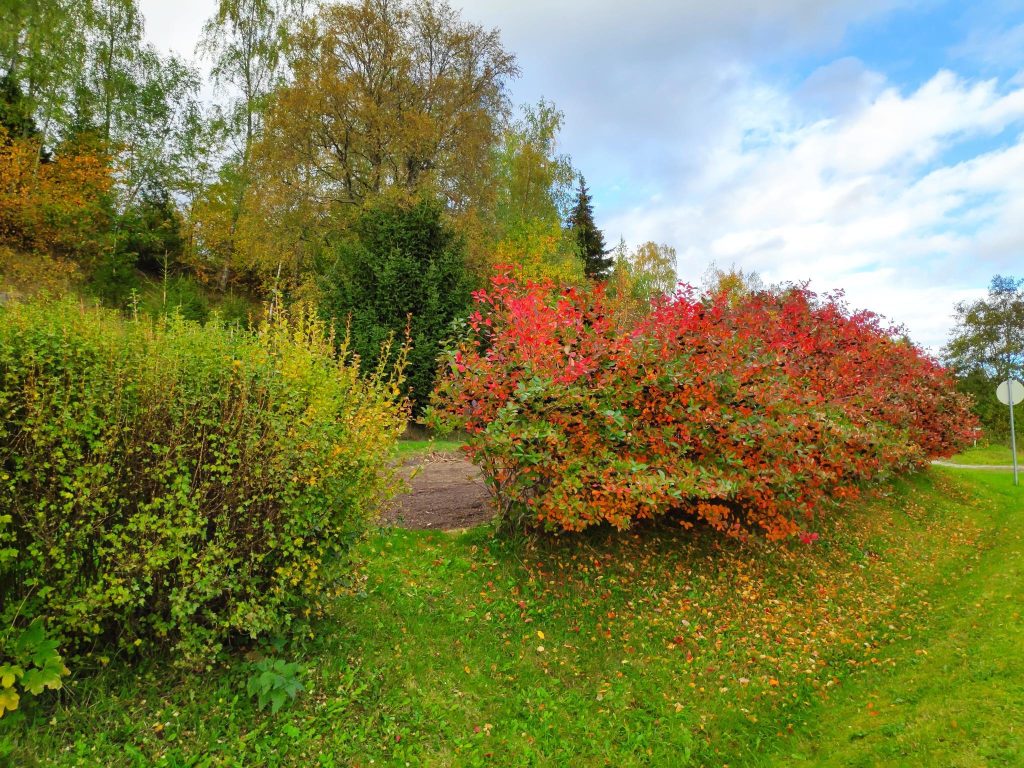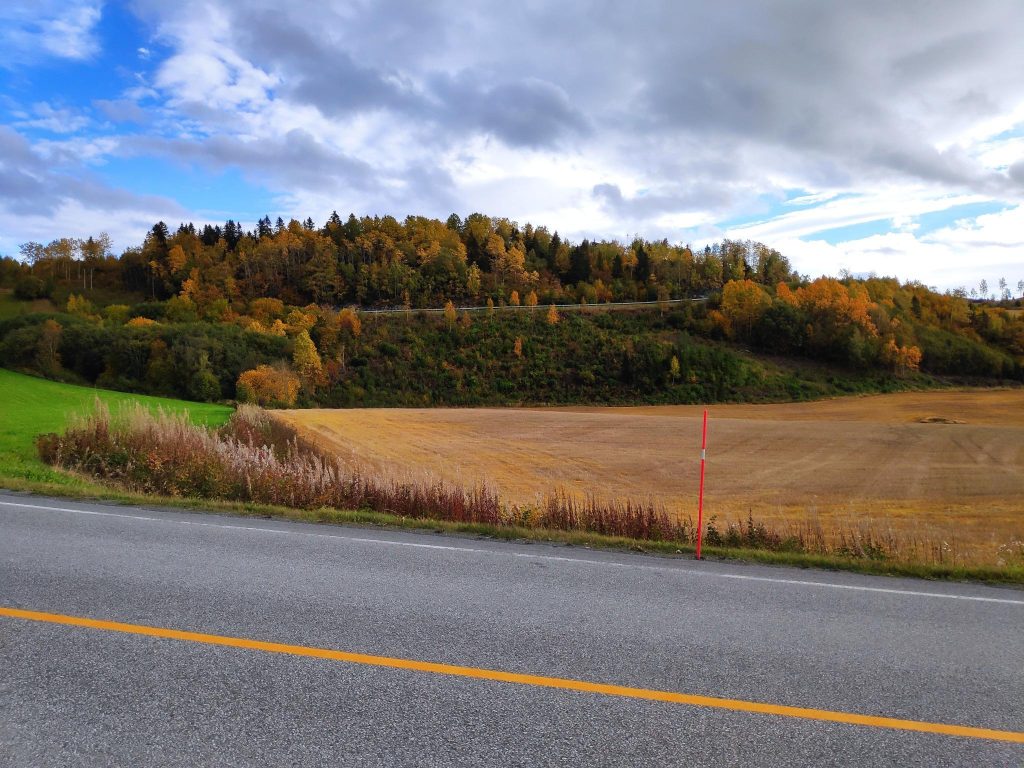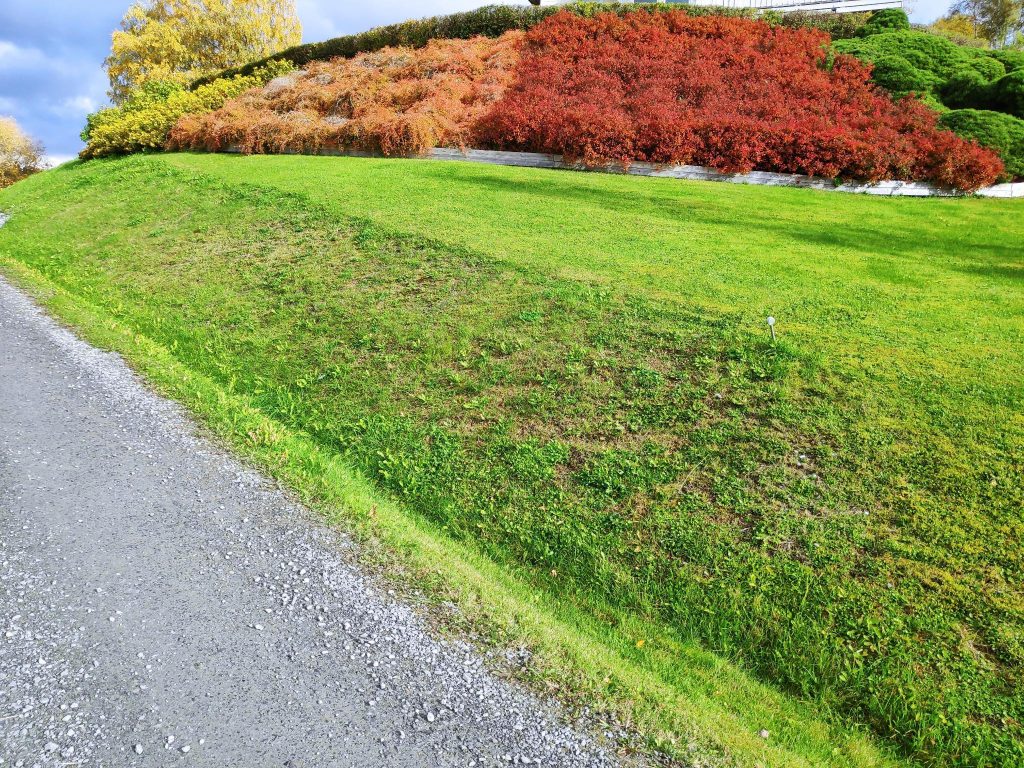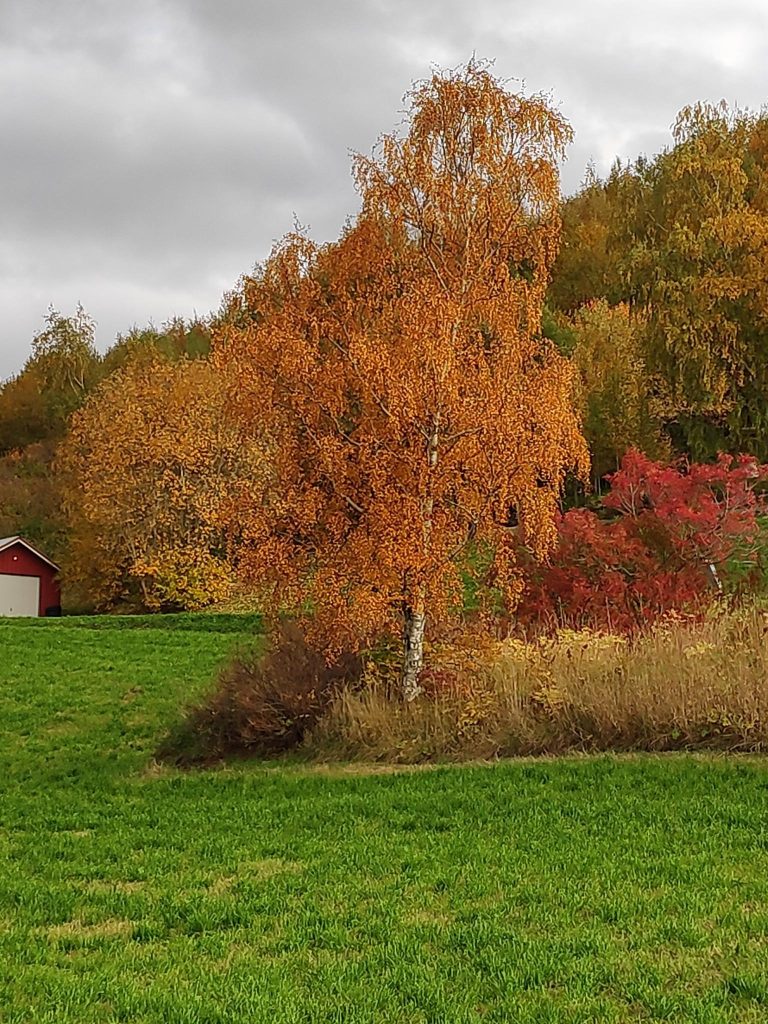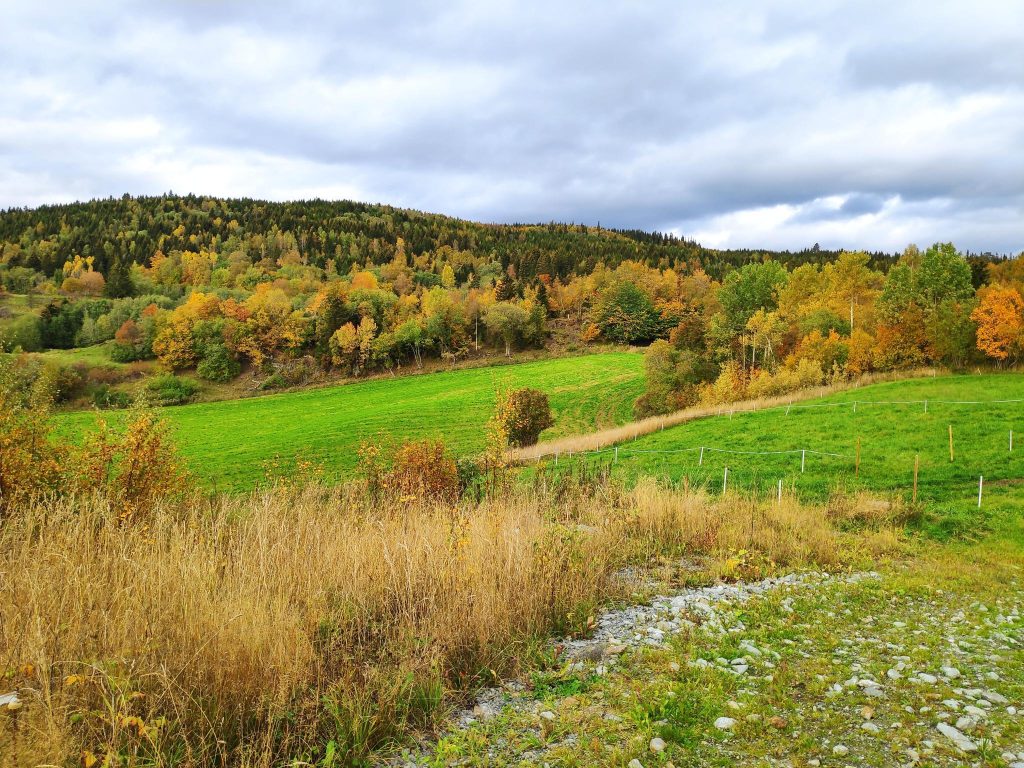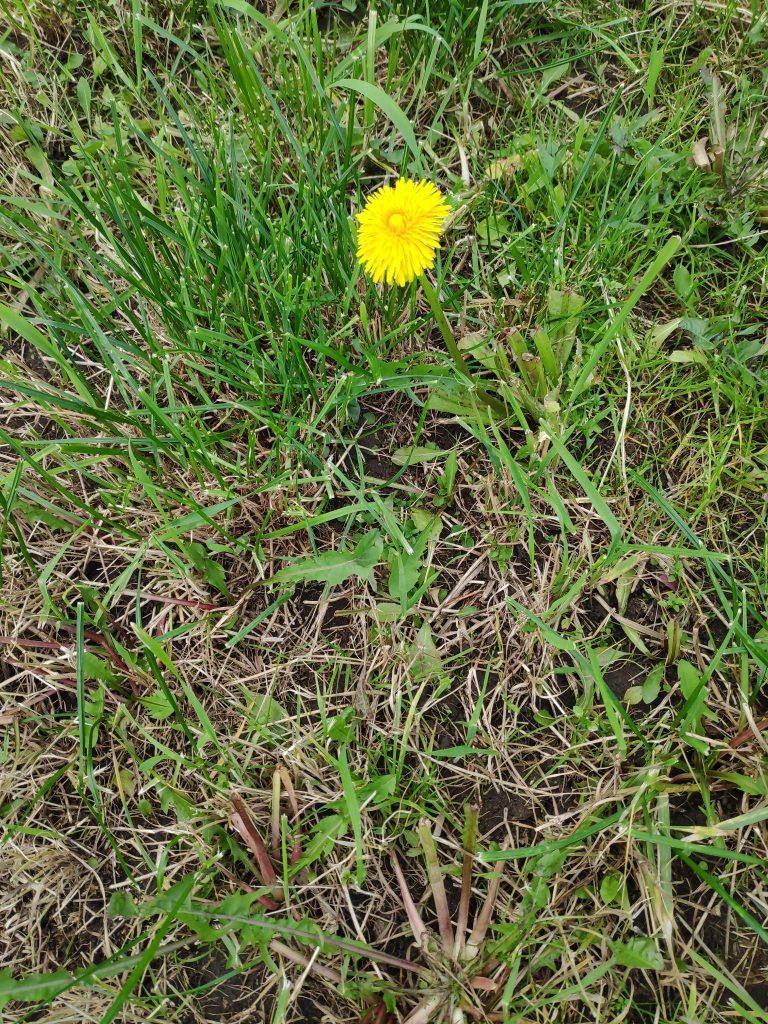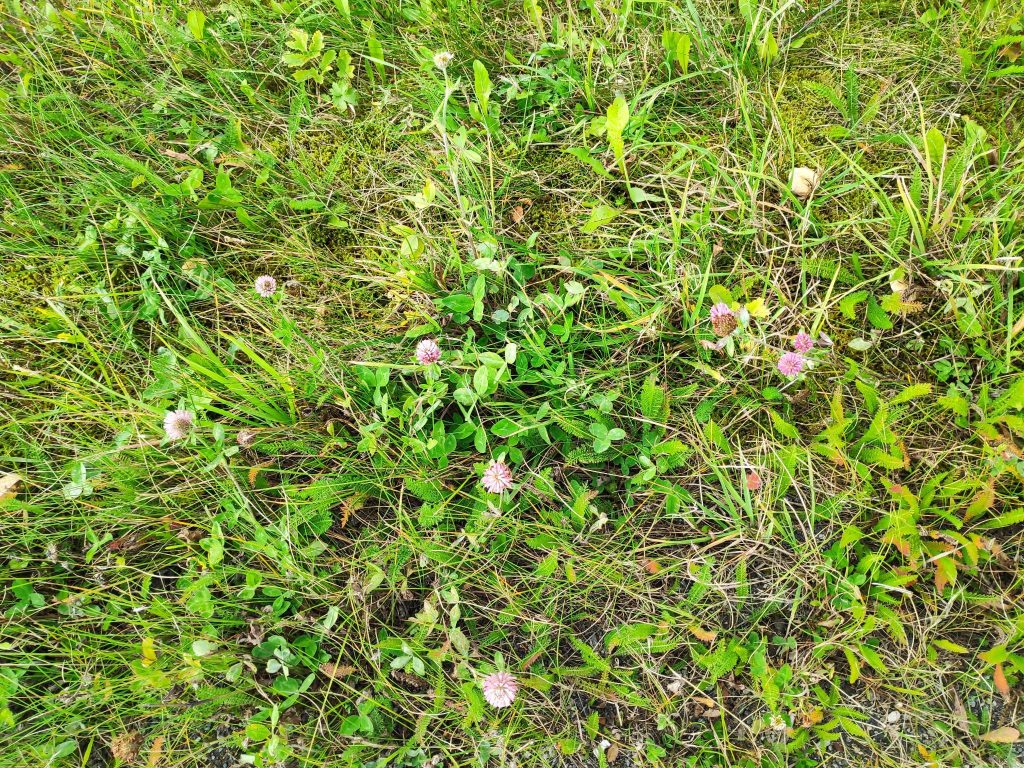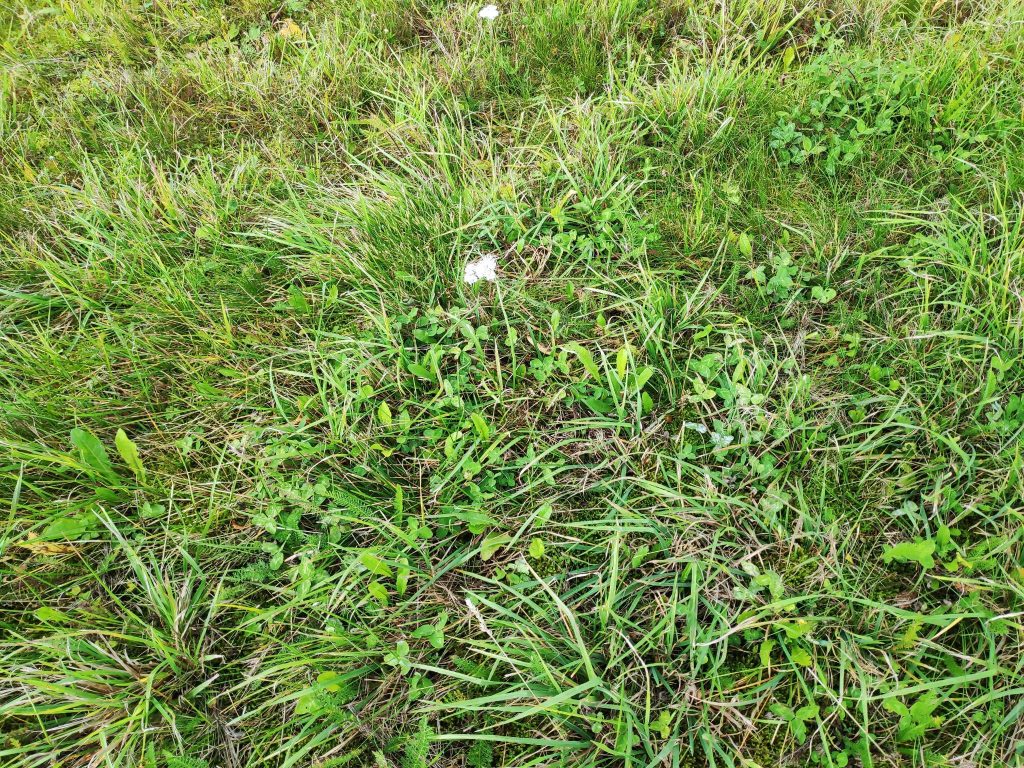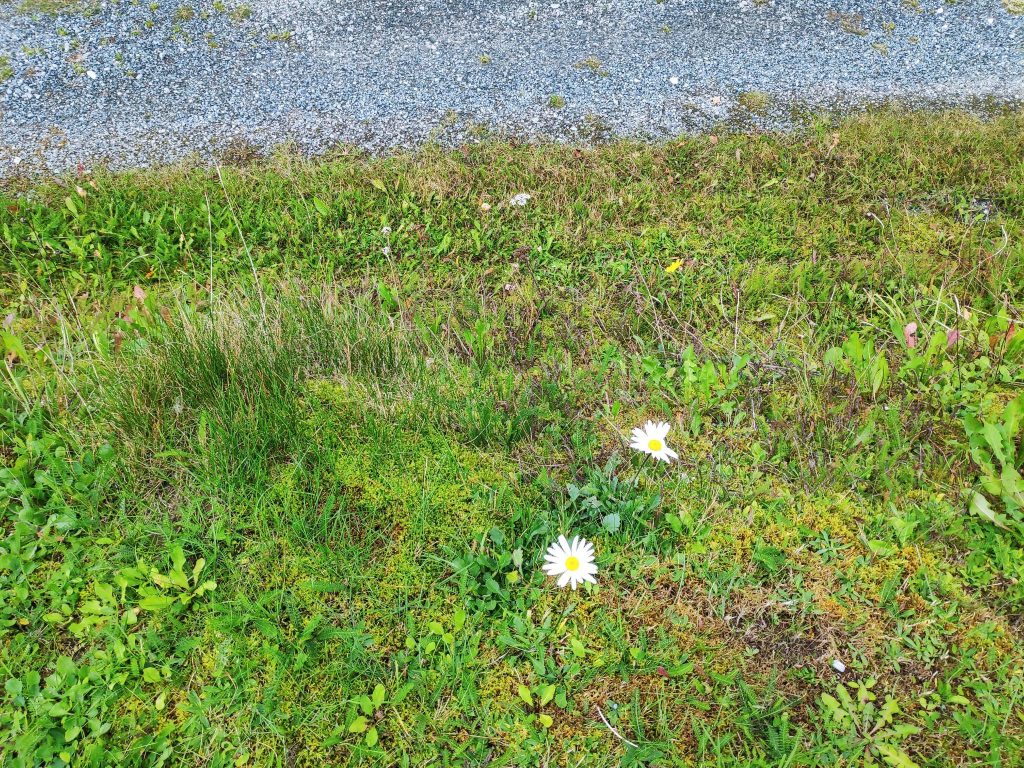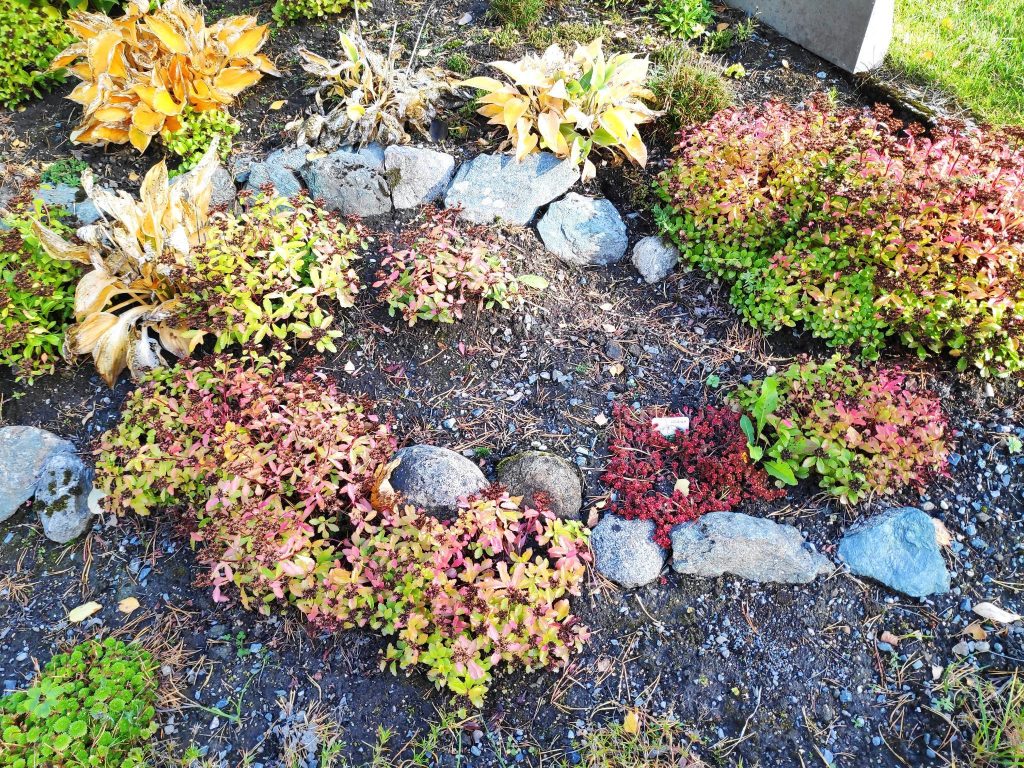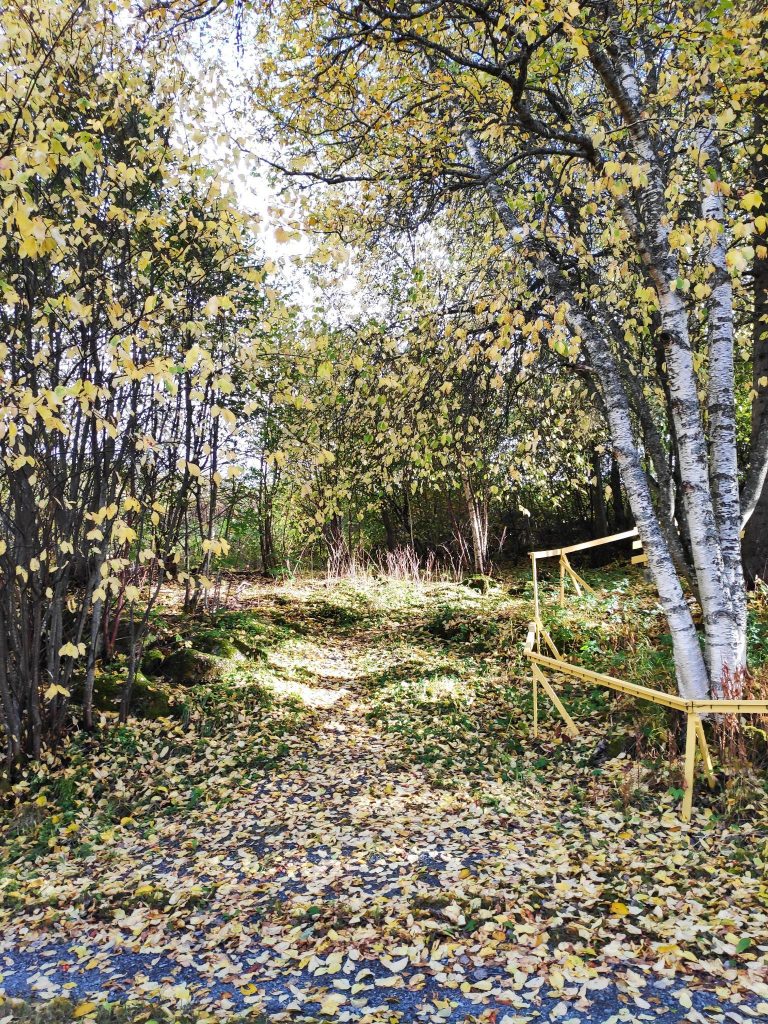My daughter came across this book and I decided to read it. I enjoyed it so much that I want to share some of my ideas after reflecting about the book.
The book was written by a Swedish woman who lives in the United States and has two children. Having grown up in a village in Sweden and surrounded by people who enjoyed being outdoors, she was disappointed that where she was living in Indiana, children had little chance to play outdoors. She took her kids to live in Sweden for six months and wrote about many of the differences between the two countries as relates to bringing up children.
The book is primarily for parents and gives tips on how to raise children in a Scandinavian fashion. Here she includes information from Norway, Denmark and Finland as well as Sweden. I could relate to much of the information that she had gathered about the advantages for children spending at least some time outdoors, every day, no matter the weather.
At the moment of writing this, it is a dark December day in Norway. There are only a few hours of daylight every day, and though I try to go outside most days, some days it is just not appealing to be outdoors. But while reading this book in December it made me think about the importance of being outdoors, not only for children, but for adults.
Summary of the book by Linda Åkeson McGurk
- Introduction: A Swedish Mother in Rural Indiana
- Chapter 1: A Right to Nature
- Chapter 2: Fresh Air is Good for You
- Chapter 3: Just Let Them Play
- Chapter 4: We Must All Take Care of Nature
- Chapter 5: A Little Dirt Won’t Hurt
- Chapter 6: Freedom with Responsibility
- Chapter 7: Outside, There is a Better Connection
- Chapter 8: It Takes a Village
The author starts by explaining the American trend (based on her experiences in Indiana) that parents are concerned that if their children aren’t reading by the age of four, that they will not get anywhere in life. To my mind as a parent, that is not understanding the stages of development that children go through. It is common in Scandinavia that children start school at six or seven years of age (both my children started at seven and they both have master’s degrees ) and they might go to a kindergarten or preschool before that. Both my children started at kindergarten (barnehage) at the age of three.
The author refers to several other authors who have written about different aspects of children and parenting (see the list below) and has found the facts which I will be making references to here. You will need to read the book to get things exactly right. The author is concerned that children need to get “fresh” air every single day. Of course, not all people are lucky enough to live where the outdoor air is actually good for you. But by going to parks and other areas of nature, you can get fresh air into your lungs.
Children do not need to have activities constantly organized for them. One of the things children need to learn is how to organize their time, how to be bored, how to take suitable risks, how to socialize with others. In addition, they need time with adults who actually talk to them, as that is how they build up their vocabulary. Curiosity about the world around us leads children to learn how things work, either through their own investigations or by asking adults appropriate questions.
The author is also concerned that if the next generation is going to learn to take care of nature, they need to come in contact with it and learn to love it. Looking at trees only on a screen does not give the same learning or loving attitude as a walk in a park with tall trees. Children like to investigate things and usually get dirty doing it. Research has been done that indicates that we are too clean now, and we don’t get some of the good bacteria that we need to live a healthy life. Playing in the dirt or sandbox is not a health problem.
Small children need quite a bit of supervision when they are outside. They need to be protected from dangerous situations, for example a car whizzing by on the road, but they also need to learn to take responsibility for themselves, for example, learning to cross roads at crosswalks. As children grow older, the borderlines of where they are allowed to be on their own should expand as they are able to handle longer distances from the house on their own.
It has been shown in many research projects, that being outside in nature is good for mental health, not only in children but in adults.
A Scandinavian Mother’s “Get Up and Go Outside” Manifesto includes the following points (mostly directly quoted from pages 209-211):
1 There is no such thing as bad weather, only bad clothes. Whatever the weather, children must be dressed appropriately, whether it is sunshine and warm, rainy and wet, or snow and cold. Learning to dress yourself and your children appropriate to the weather is important for the parent to learn. Make sure footwear is appropriate too. There are, of course, certain types of weather which do not suit outdoor play, such as thunderstorms, tornadoes, hurricanes, or flash floods.
2 Fresh air is actually good for you. It reduces the risk for common infections, near-sightedness, vitamin D deficiency, and obesity. It will also lessen the symptoms of ADHD, anxiety and depression.
3 Unstructured outdoor play has everything kids need for healthy physical, social, and cognitive development in the early years. Older kids need time to play too.
4 Our modern indoor lifestyle has made kids too clean and likely triggered an epidemic of immunological disorders. To bring some beneficial germs back into your child’s life, ditch that hand sanitizer and let him sink his hands deep down in dirt.
5 Kids need risky play to learn how to assess risk and prepare for adulthood. Activities can include climbing trees, sliding on frozen puddles, using real tools and walking to the park without an adult.
6 If we want our kids to keep a foot in the natural world, we need to pry them away from their screens sometimes, and do things outdoors as a family. The adults must leave their screens behind too.
7 Find some like-minded people and figure out how you can get kids back outside in your community. Working with others makes it easier.
8 Children and nature make a really good fit. By immersing kids in the natural world early, we’re increasing the chances of them wanting to take care of it later in life.
References to Other Books
- Last Child in the Woods: Saving Our Children from Nature-Deficit Disorder, by Richard Louv. Algonquin Books, 2008.
- Balanced and Barefoot: How Unrestricted Outdoor Play Makes for Strong, Confident, and Capable Children, by Angela Hansom. New Harbinger, 2016
- Under Pressure: Rescuing Our Children from the Culture of Hyper-Parenting, by Carl Honoré. HarperOne, 2009
- Beyond Ecophobia: Reclaiming the Heart in Nature Education, by David Sobel. Orion Society, 1999.
- Let Them Eat Dirt: Saving Your Child from an Oversanitized World, by B. Brett Finlay and Marie-Claire Arrieta. Algonquin Books, 2016.
- Free-Range Kids: How to Raise Safe, Self-Reliant Children (Without going Nuts with Worry), by Lenore Skenazy. Jossey-Bass, 2010
- Unplugged: 15 Steps to Disconnect from Technology and Reconnect with Nature, Yourself, Friends, and Family, by Jason Runkel Sperling. Kindle Edition, 2016.
- Vitamin N: The Essential Guide to a Nature-Rich Life, by Richard Louv. Algonquin Books, 2016
Personal Thoughts on Being Outdoors
We all have our personal experiences from childhood which will depend a lot on where you actually grew up and how your parents were with you. I was fortunate to grow up in the 1950s and 60s in an urban area where everyone owned their own house and there was a yard at the front of the house, and a yard at the back of the house. Most houses with children would have had at least some grass to play on though we also had vegetables and fruit in our garden at the back. The back yards were usually fenced, so separate from the neighbours and the front yards were usually unfenced. There were a lot of houses with children my age so I had people within easy reach to play with. Particularly in chapter 8, Linda McGurk takes up the situation that for children to play outdoors a lot, it has to be what everyone else is doing too.
The message I remember hearing was “Go out and play”. I was expected to be outside the house and either play by myself or find someone else to play with. If the weather wasn’t that great, I could use blankets under a roof and make myself and my dolls a nice place to play house. When the weather was good, I might play with one of my girl friends out in the sunshine. But I also remember sitting on a blanket in the shade (and having to move as the shade moved) playing with my dolls. I remember climbing trees, using roller skates on the side walk, playing Annie Oakley, riding a tricycle and pulling a wagon, or playing hopscotch marked out on the side walk, all usually with one or more friends.
Elementary school was a five-minute walk from the house and I went home for lunch almost every day, giving me time to stretch my legs as well as get a warm meal in the winter months. The school had a very large outdoor area, with various types of areas to play in, including several areas with a lot of trees, some of which we could climb up a few branches. There were playing fields as well as paved areas for skipping rope and playing hopscotch. The children spread out over the large area giving those who had a need to run around lots of opportunity to do that. Occasionally the weather was so bad (usually heavy rain), that we had to play indoors during recess, in very noisy basement areas that nobody really enjoyed. I think having a long lunch hour and a recess with outdoor play helped us to sit still when we were in the classroom.
My children were primarily brought up in a rural environment, living in a single family dwelling with farm fields beside us and no playmates within easy walking distance. When they were young, I spent time outdoors with them and they were given more freedom to be outside on their own as they grew older. They were both fortunate to have their early years before computers were very common and long before hand-held devices were available. The limits of physical freedom were defined by the size of our lot, which eventually expanded as they were encouraged to walk to a friend’s home or to cycle somewhere on their own. Unfortunately we parents were also obliged to drive them a lot. However, they would be encouraged to play outside even when visiting friends.
Both of my children attended kindergarten from when they were three years old until they began school at the age of seven. Kindergartens in Norway still have several hours of outdoor play, usually in a fenced-in area around the main building. Here they can dig in a sandbox, play on swings, ride tricycles, or make up their own games. They learn to socialize with others their own age. They learn to follow the rules set by the staff. For my children as well, the kindergarten was where they learned Norwegian as we used English at home.
Once my children started school, the elementary school was five kilometers away and they got a bus to school. Catching the school bus was part of the regular routine of learning responsibility for one’s own activities. Even at elementary school, there was always recess with outdoor play, no matter the weather. The children were expected to wear appropriate clothing to school to be outside both during recess and lunch hour. Sometimes adults would organize activities, but mostly they were outside to prevent bad behaviour and to mediate disputes between the children.
As an adult, I like to spend time outdoors. I can get discouraged if the weather does not look good from inside. I don’t like being outside in the dark, which makes limitations on when I can be out in the winter months. We live in a part of Norway where it seldom rains non-stop for hours at a time. It is more likely to be showers on and off all day, so it is easier to get outside while it isn’t raining and even stay outside with whatever I’m working on even if another shower comes along. In the winter, I like shovelling snow off the driveway as it gives me both fresh air and exercise as well as being useful. In the summer, I have a large garden to work with, though it can be discouraging to work when it is pouring with rain, which it often does in the summer. Not all summers here are warm and dry. But that just means that one has to learn how to dress suitably for the weather.
I have always found that going for walks is a good remedy for a bad mood. It gives me time to think through problems. If I am walking through the woods, I have to concentrate on where to put my feet and problems seem to melt away. I have also heard that having trees visible from the windows in your house is good for mental health.
The municipality that I live in has had a summer program called InderøyTurer (Inderøy Walks) where trails are marked in the wild areas. There are usually about 30 different walks and one gets points based on how long the walk is and how difficult a trail it is. There are always some easy walks for those in wheelchairs, so that handicapped people are encouraged to get outside too. I read just recently in the local newspaper that this summer there was a record number of visits to these posts. We use an app on our smartphones and are able to check in using our phones. This is an encouragement to get people out of their houses and take their children with them.
I would like to encourage everyone to spend time outdoors, preferably in nature or near trees, every day. Whether you spend half an hour or several hours, being outdoors will give you fresh air, exercise and time away from the screens in your life. Enjoy!
